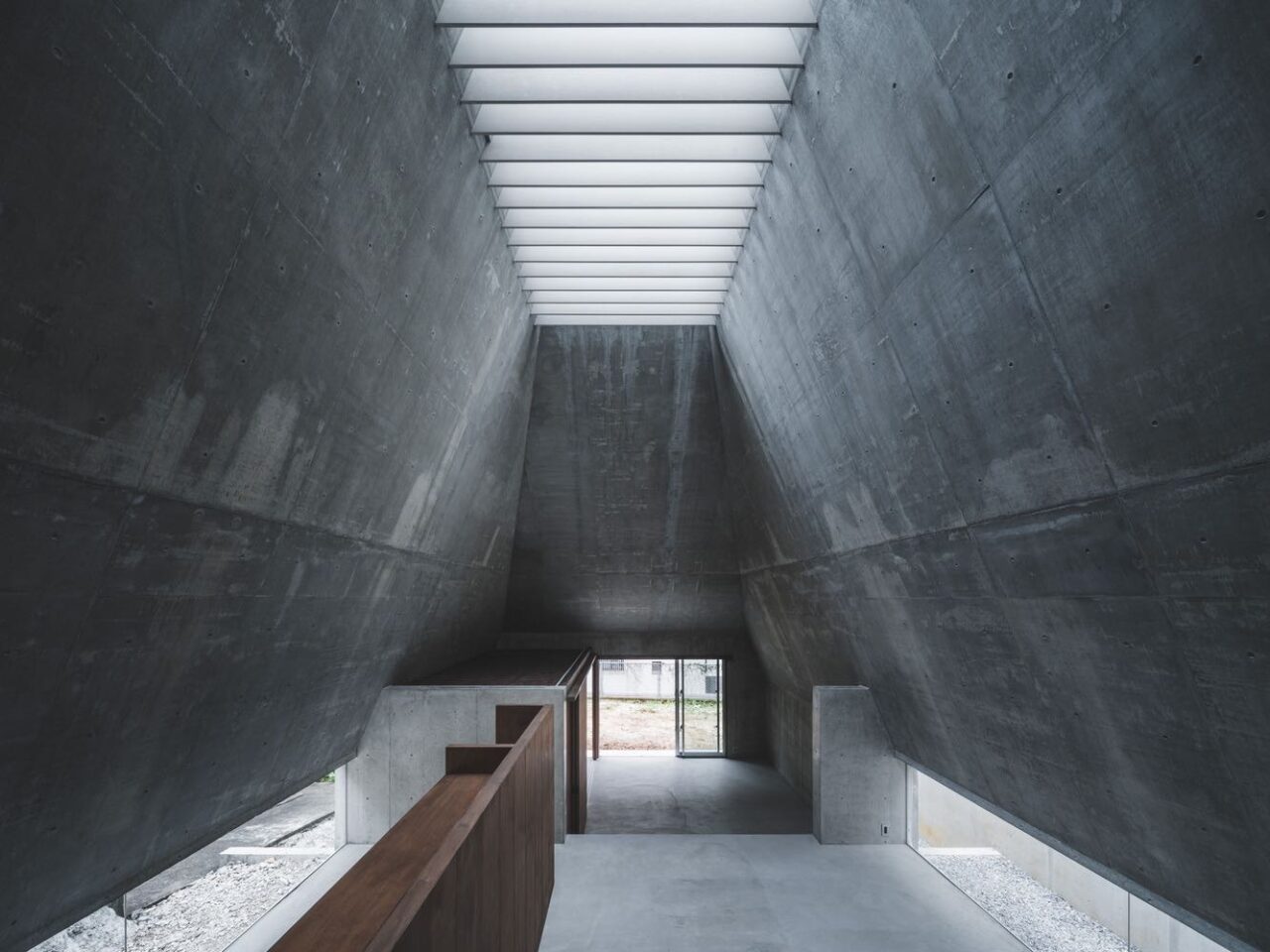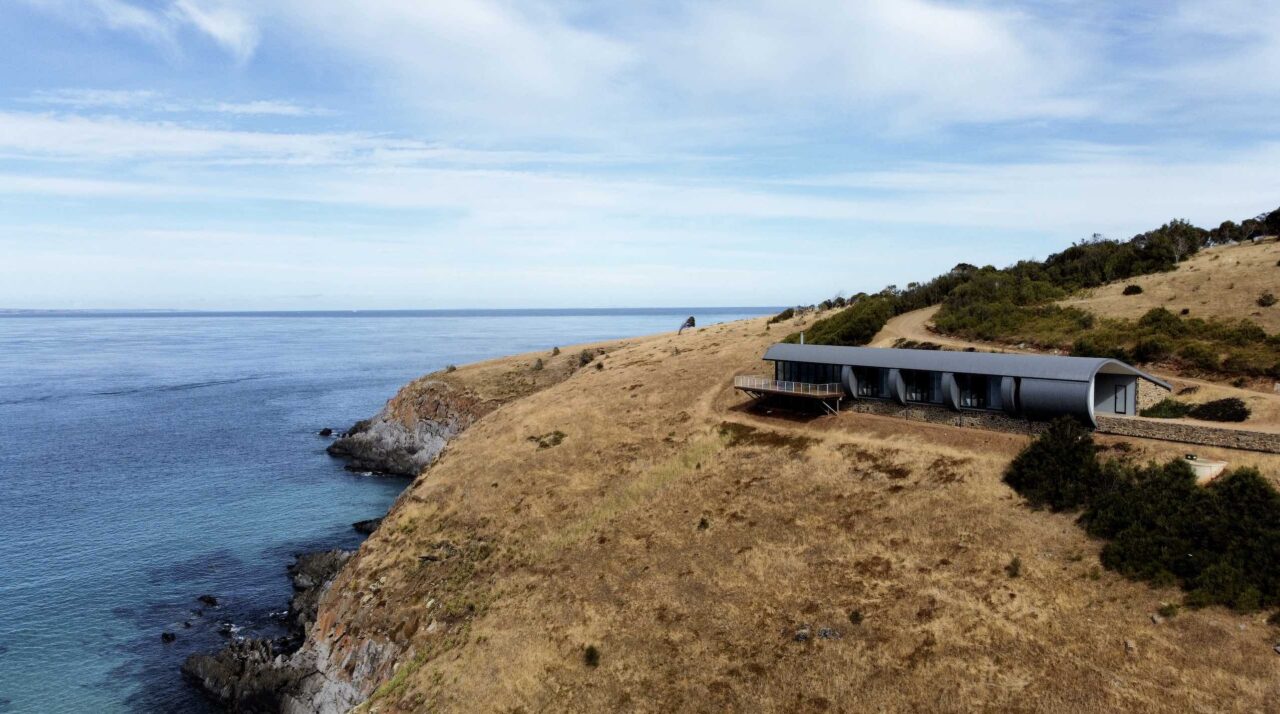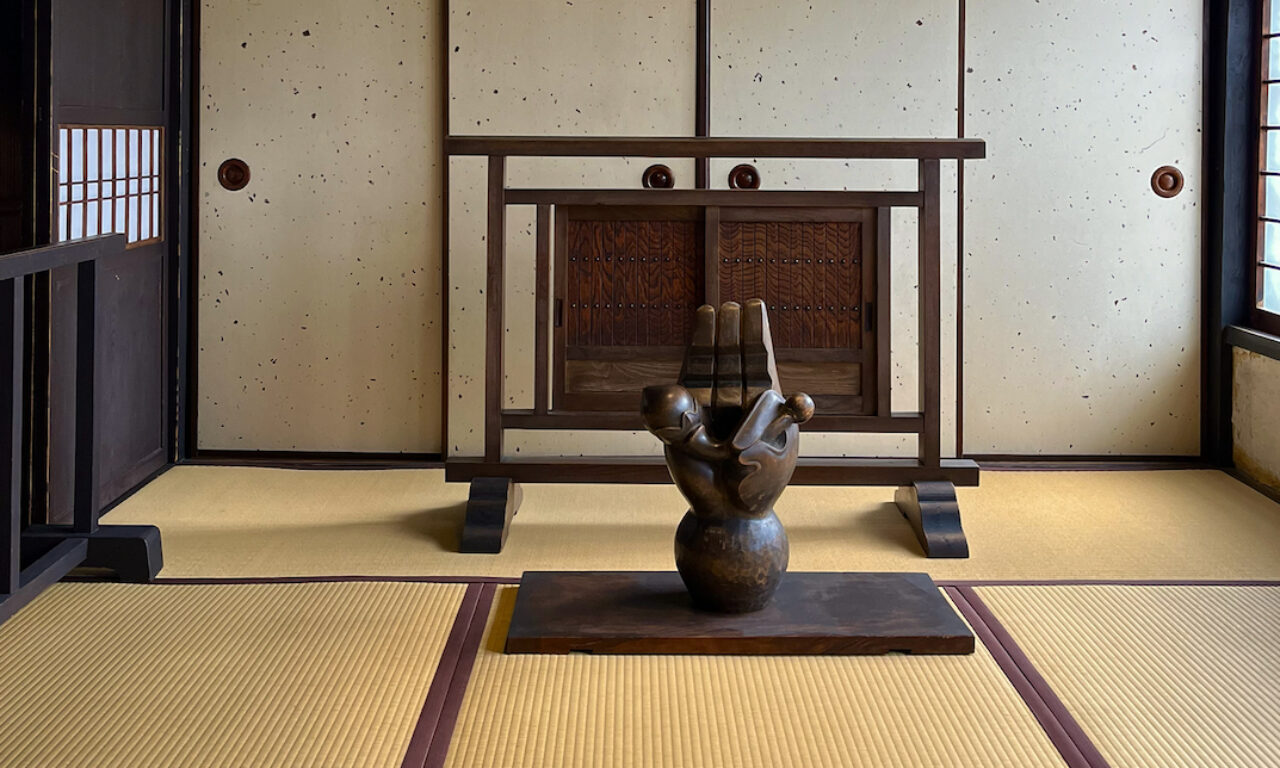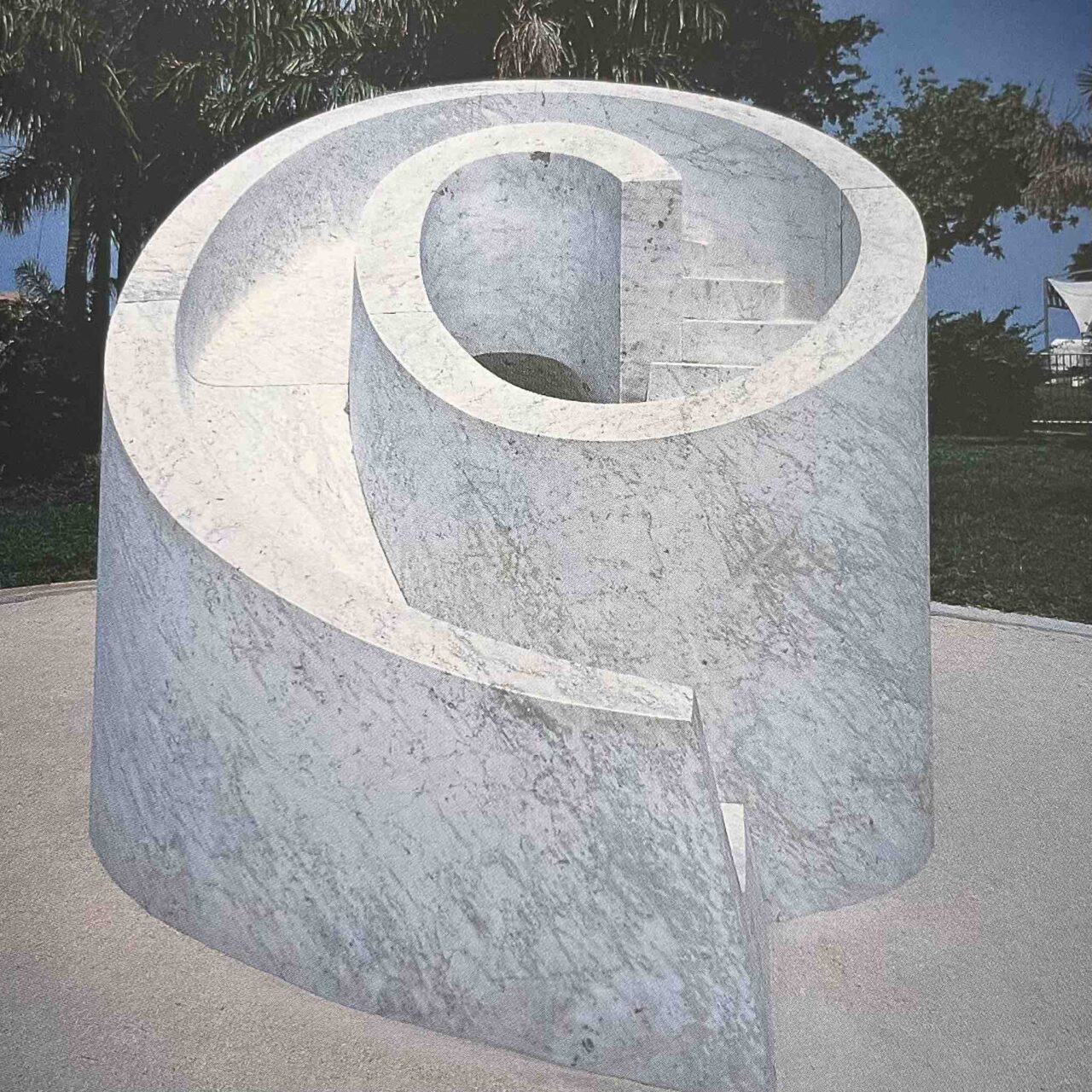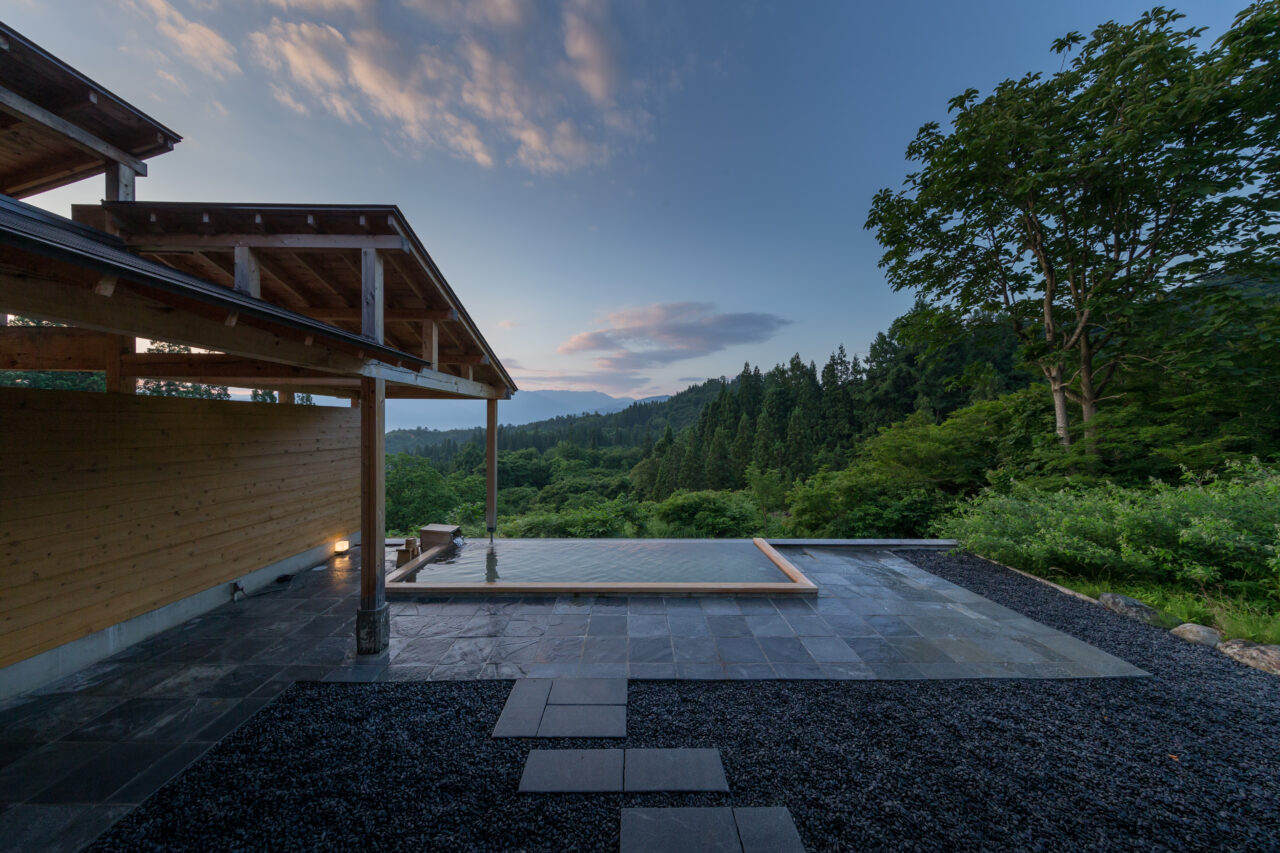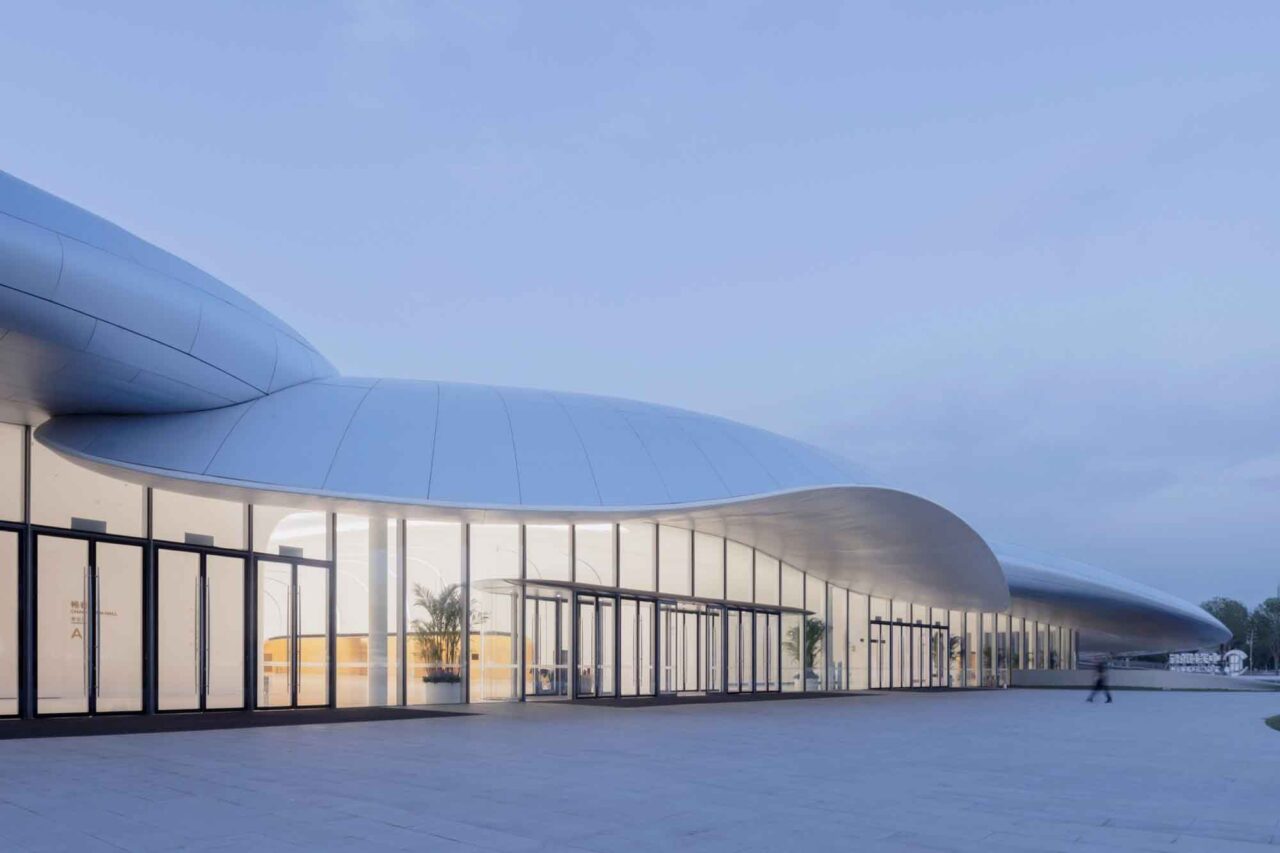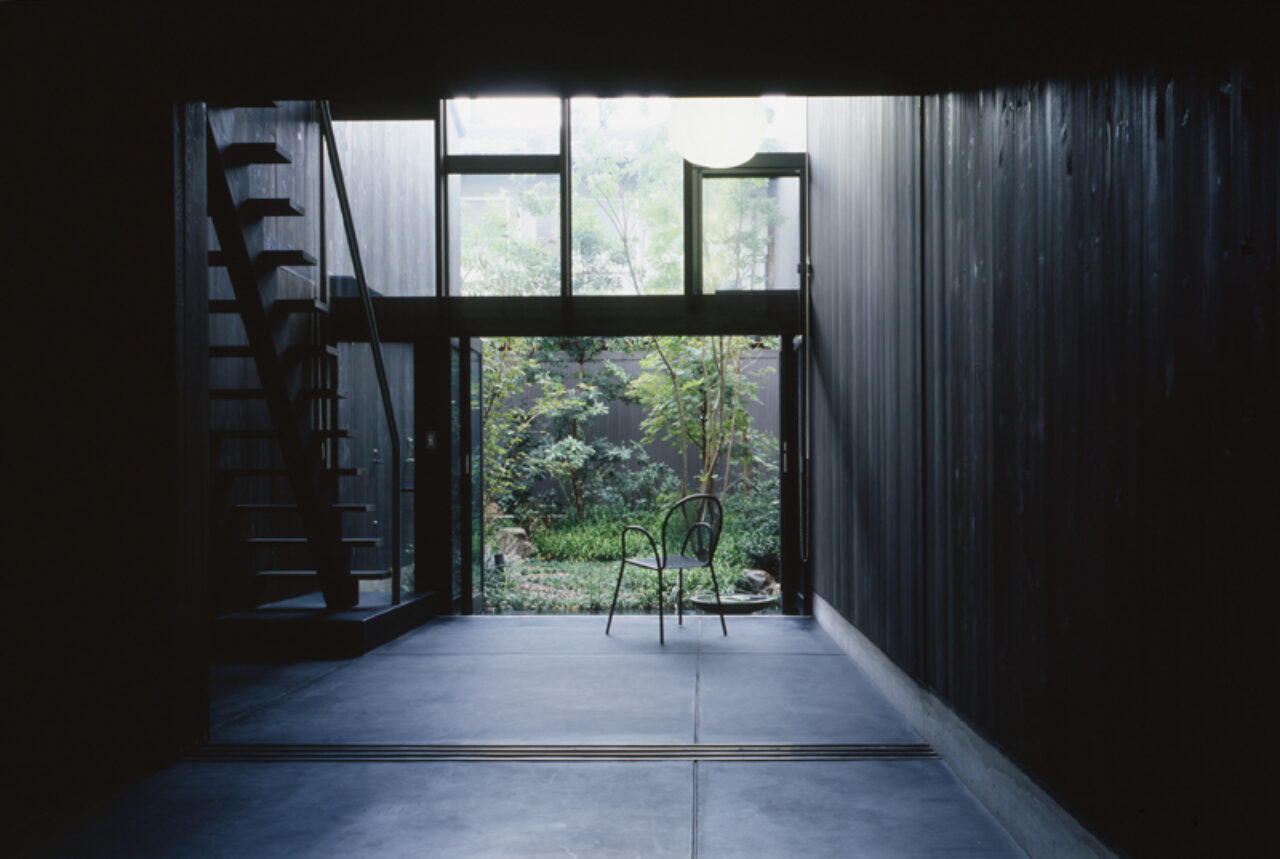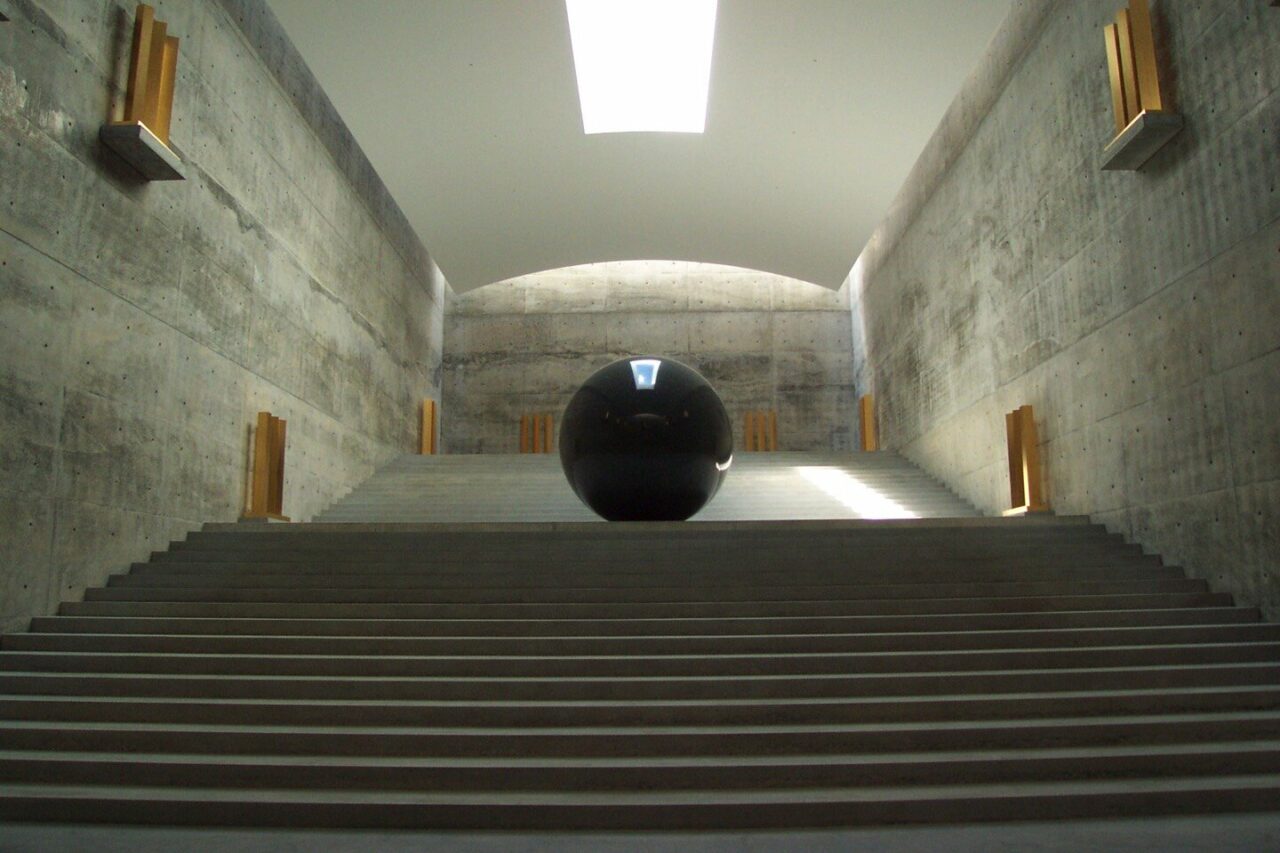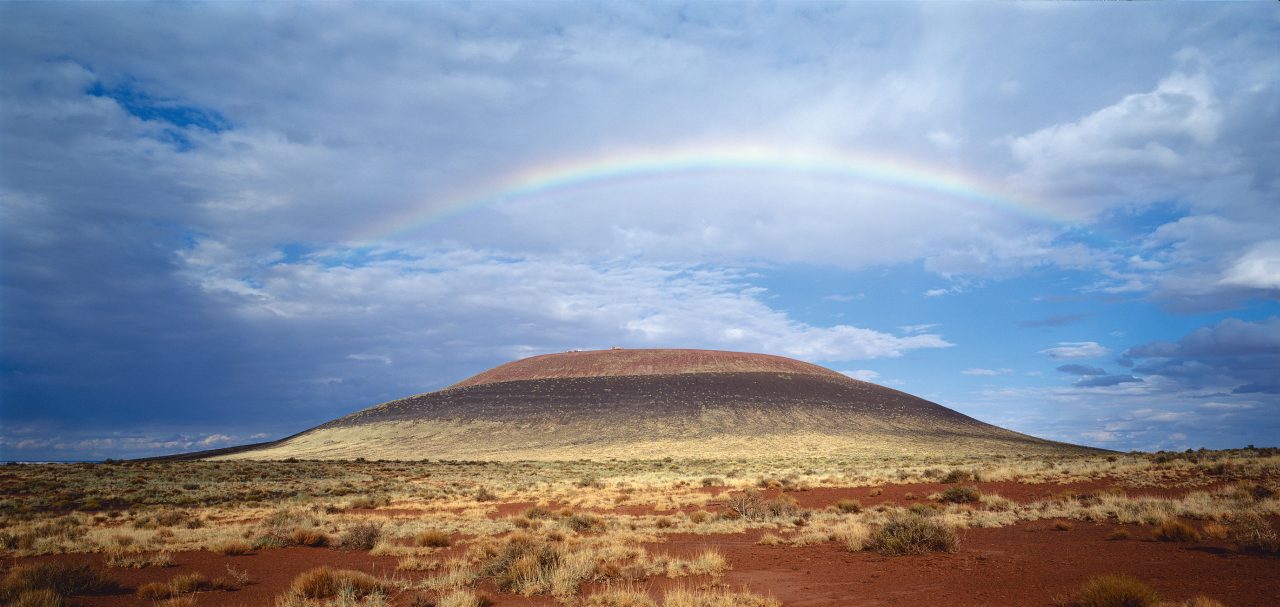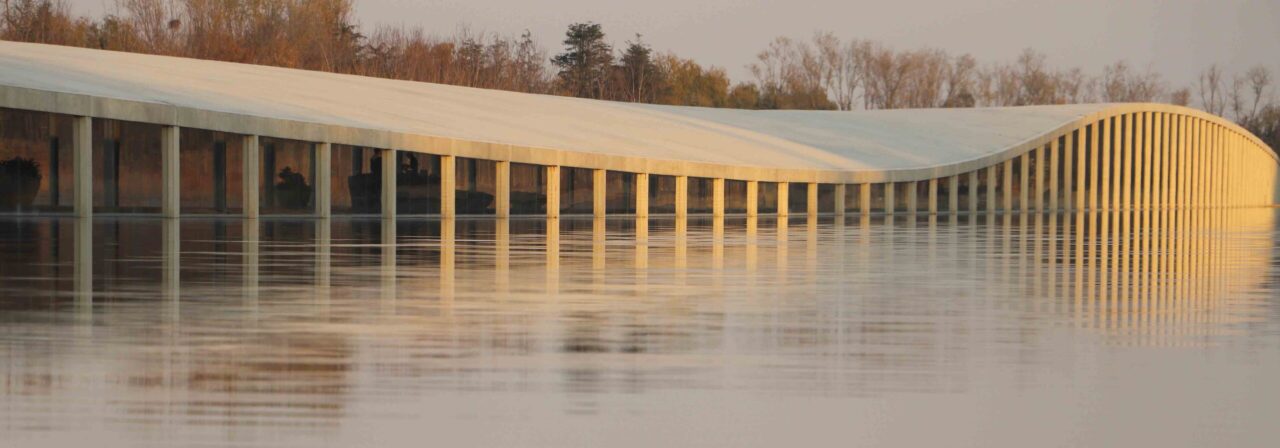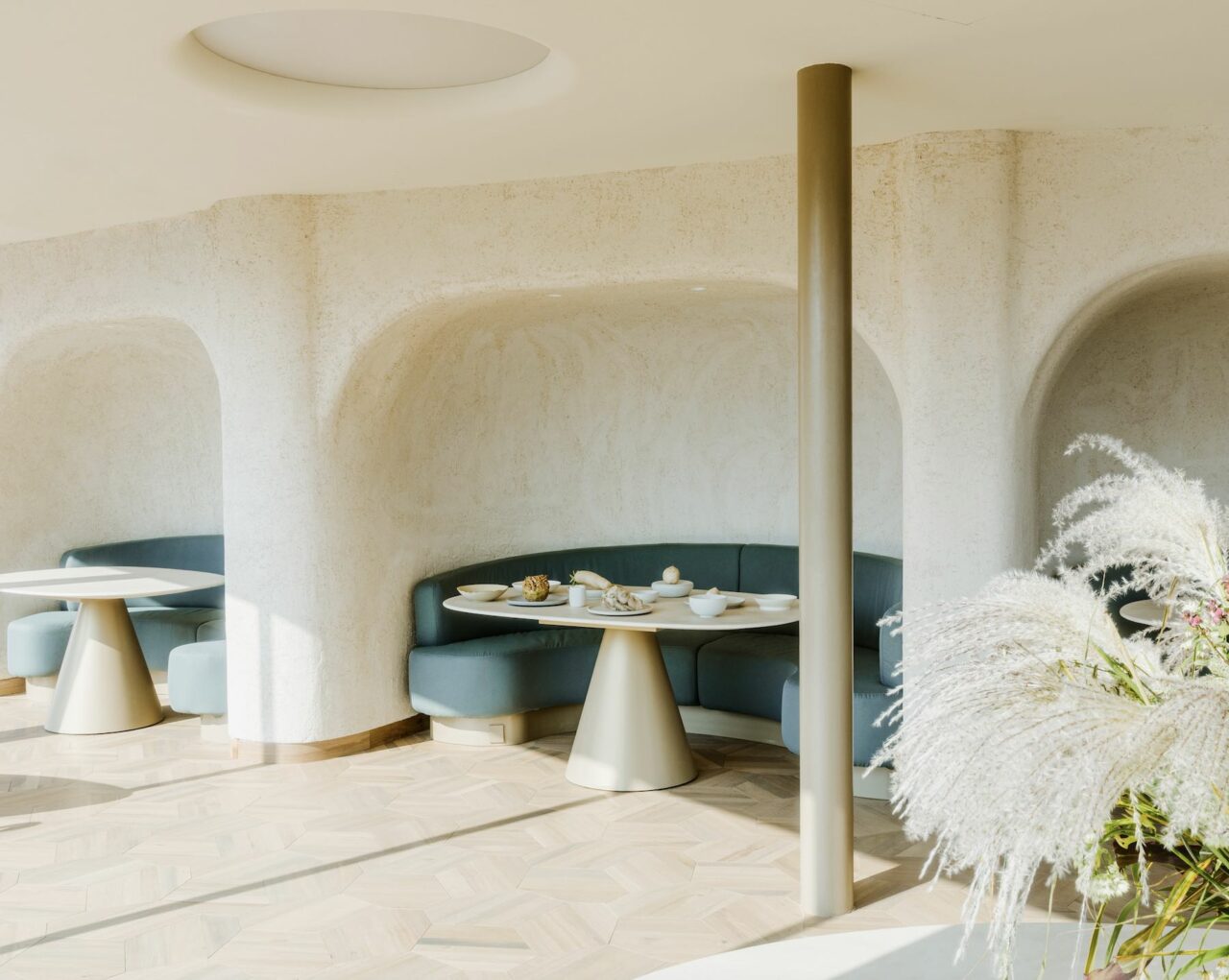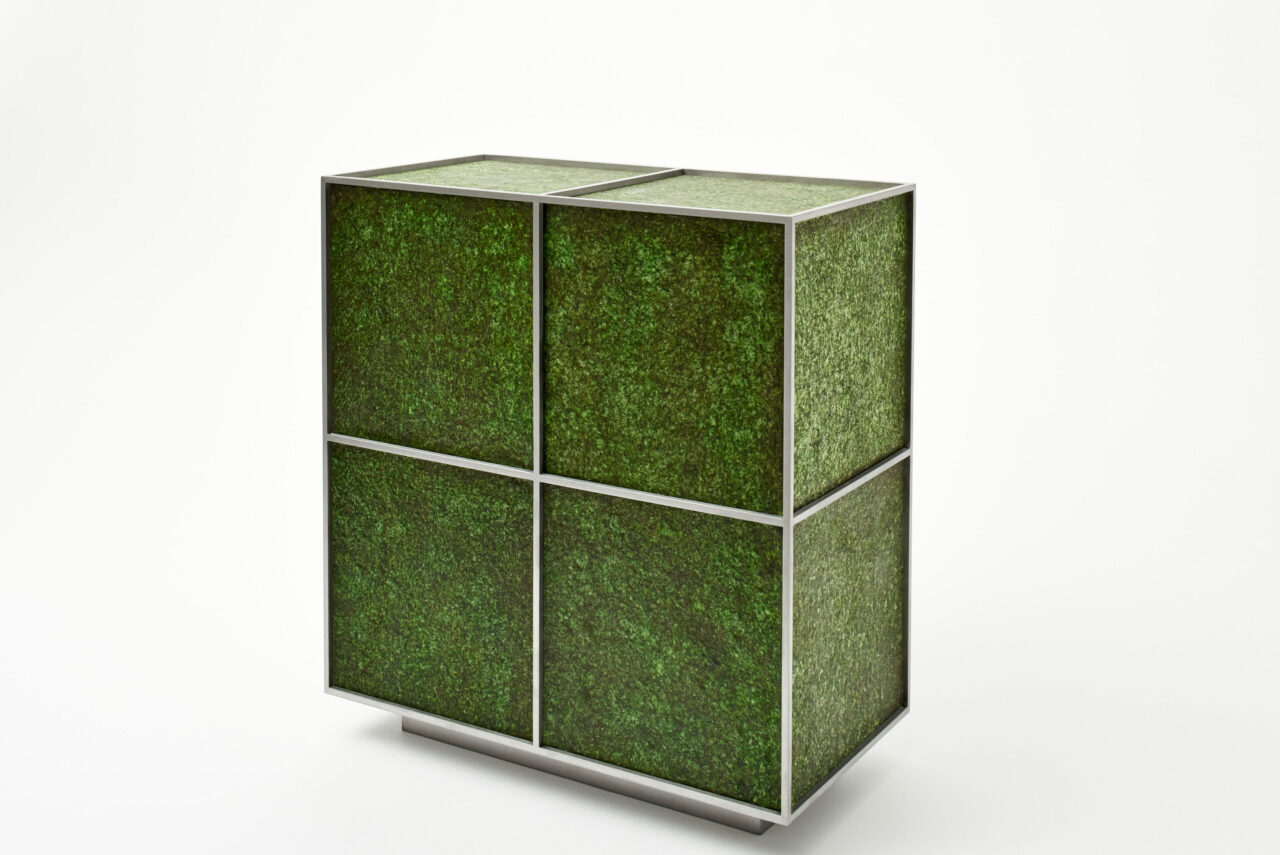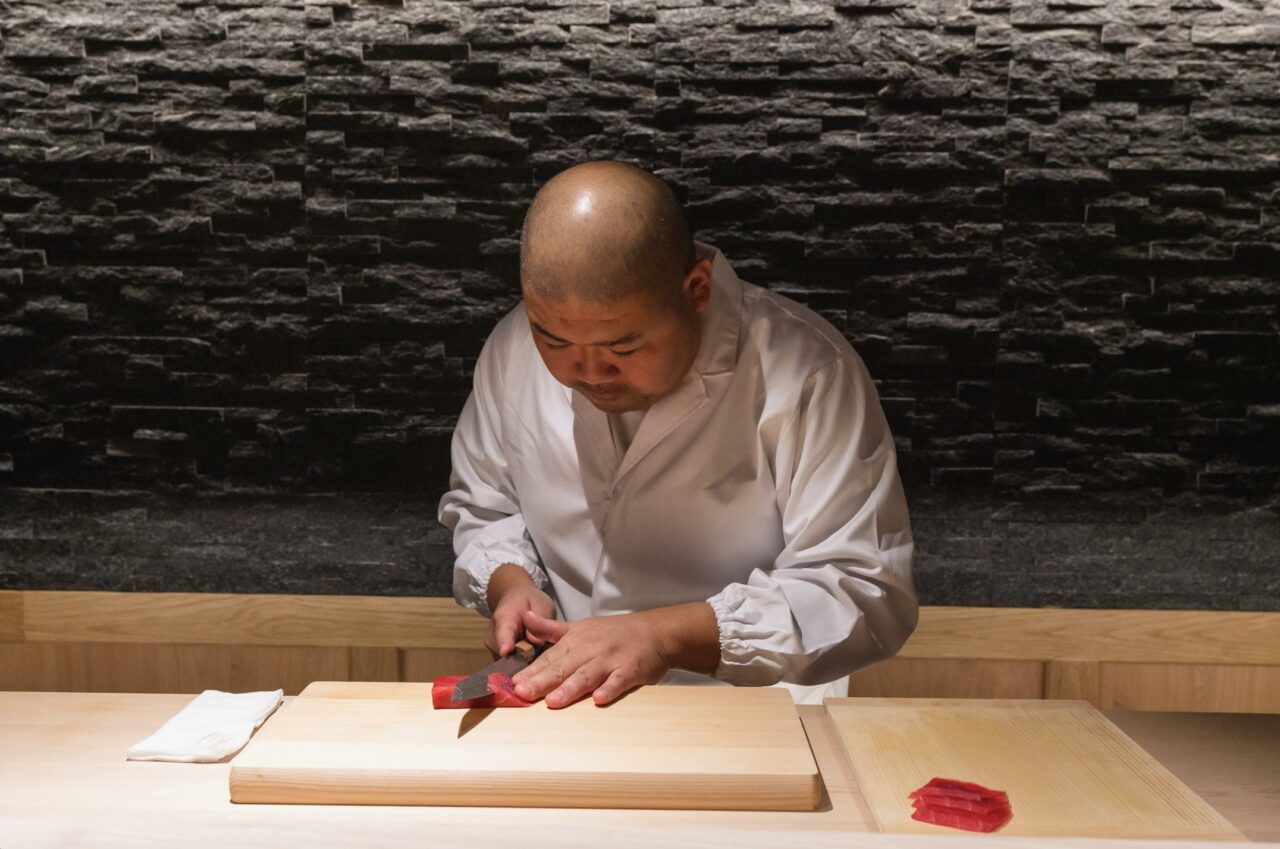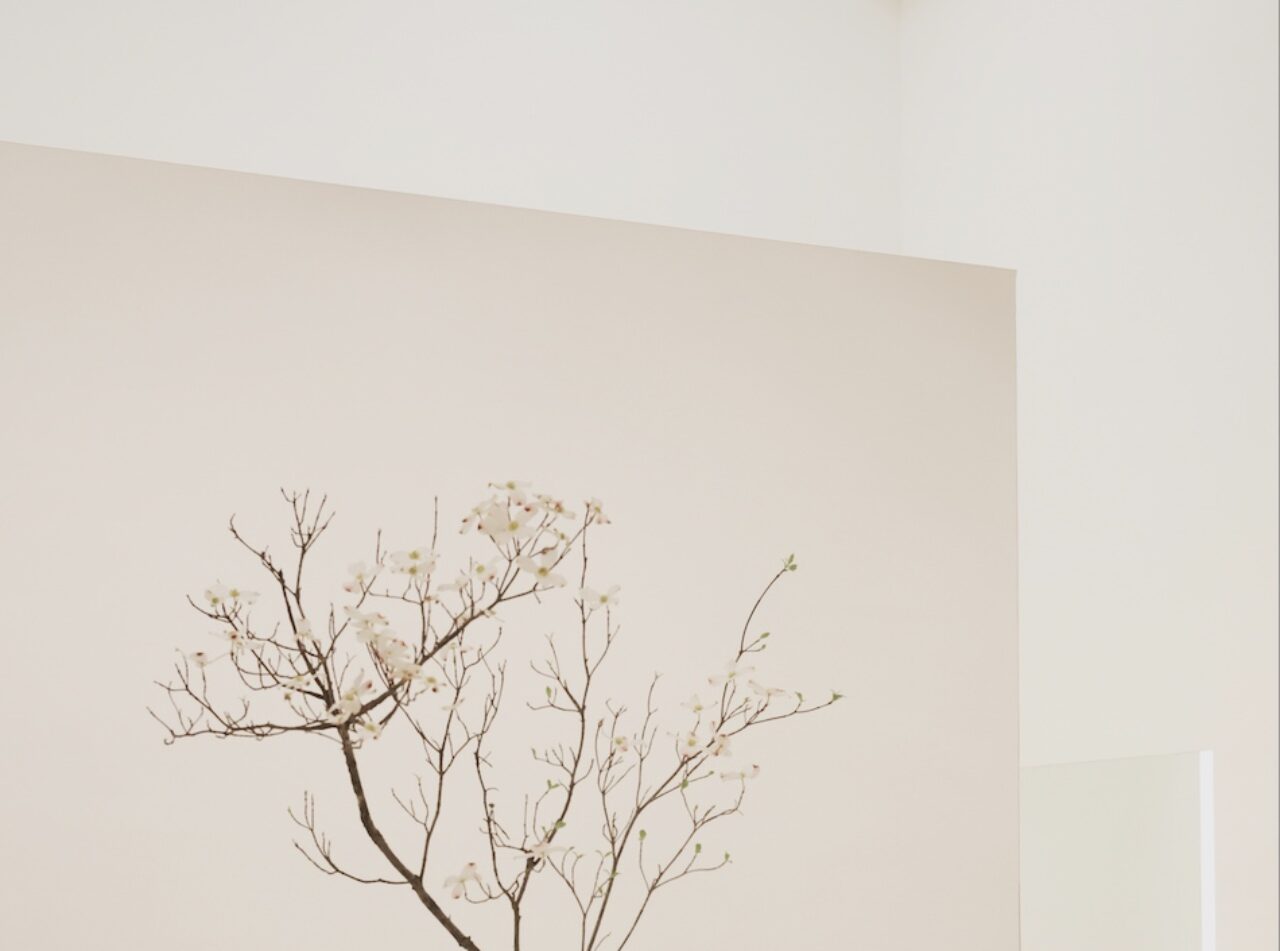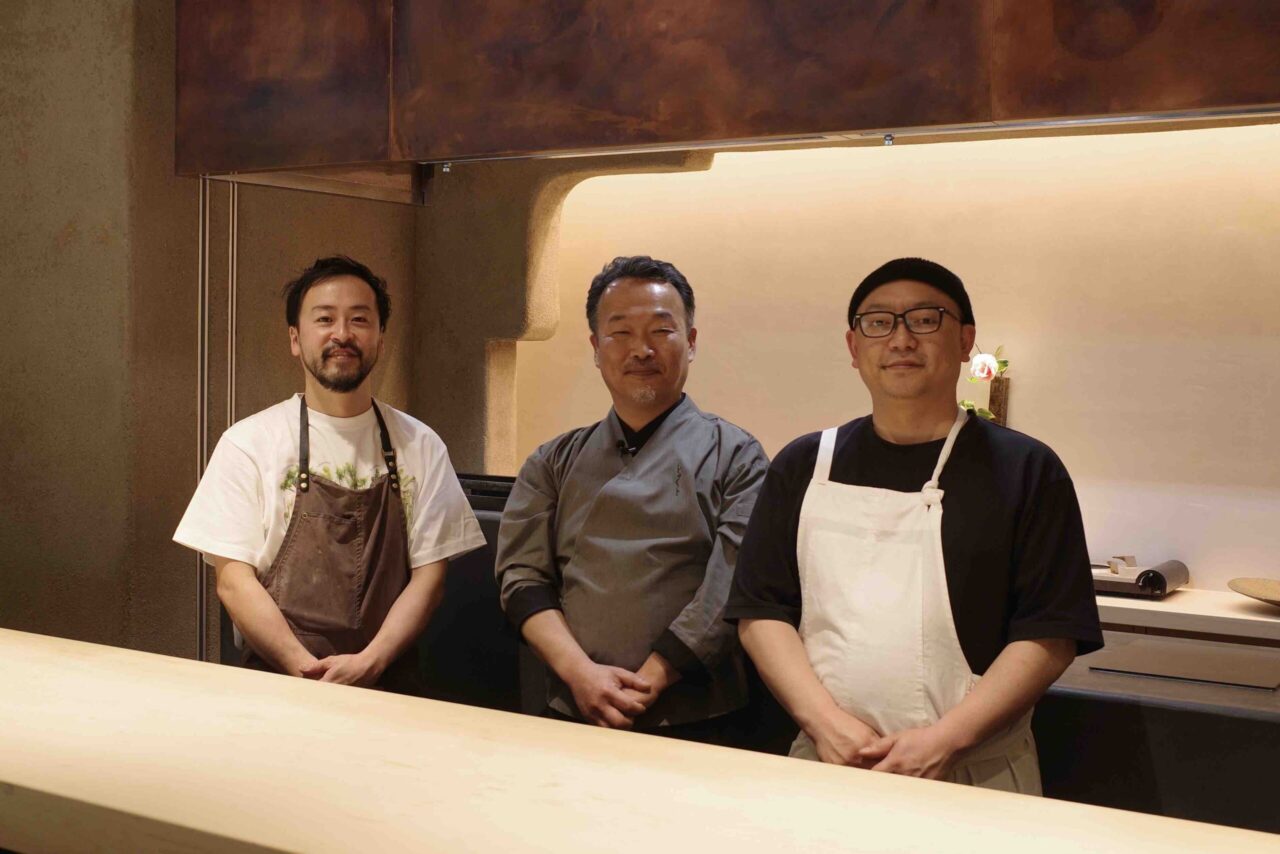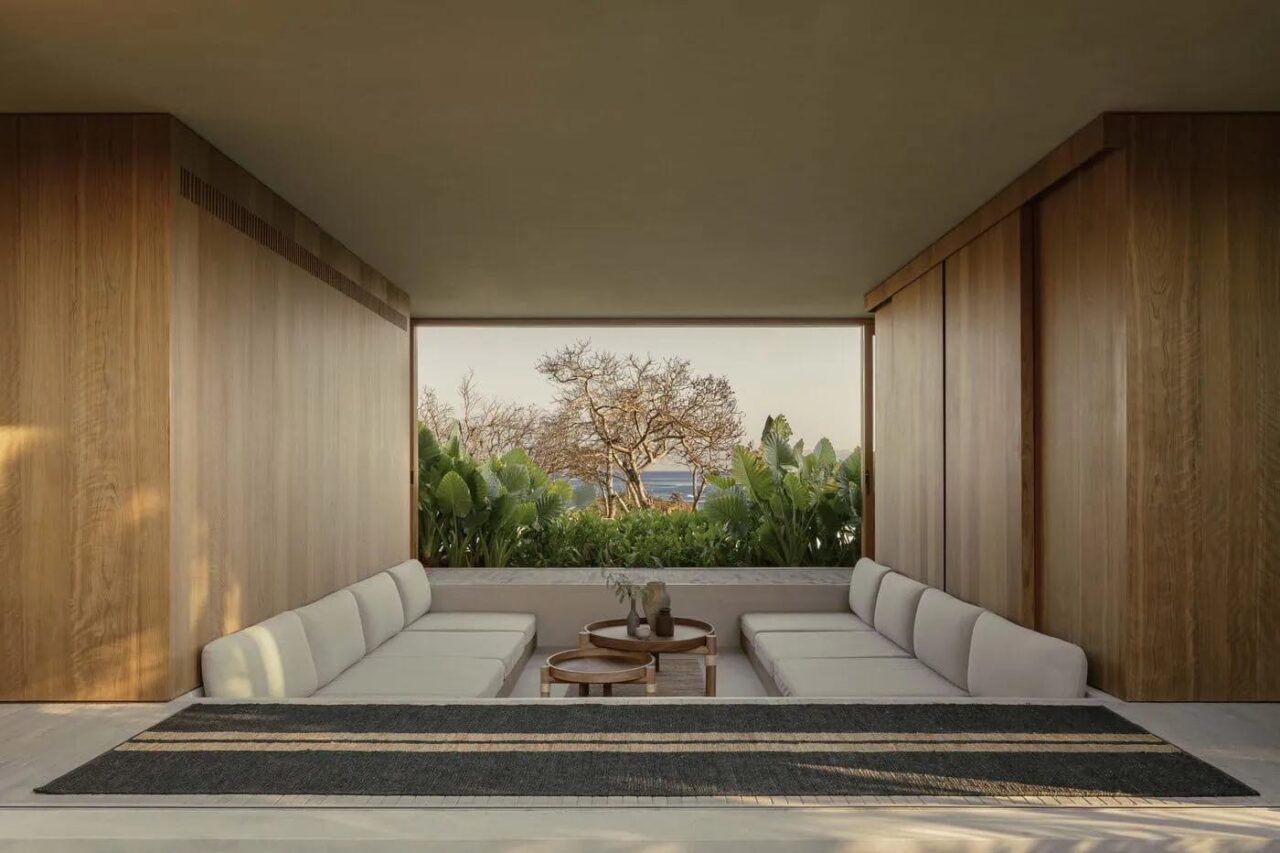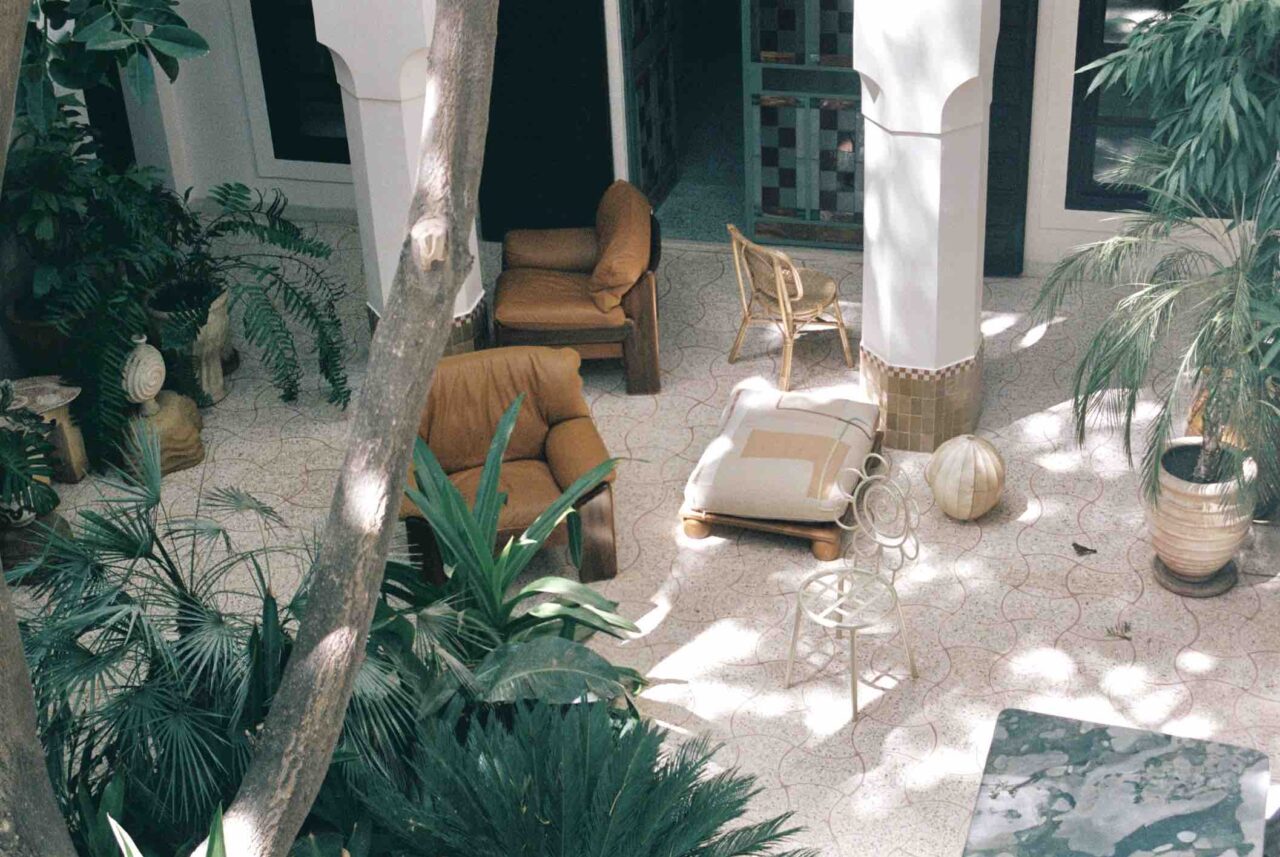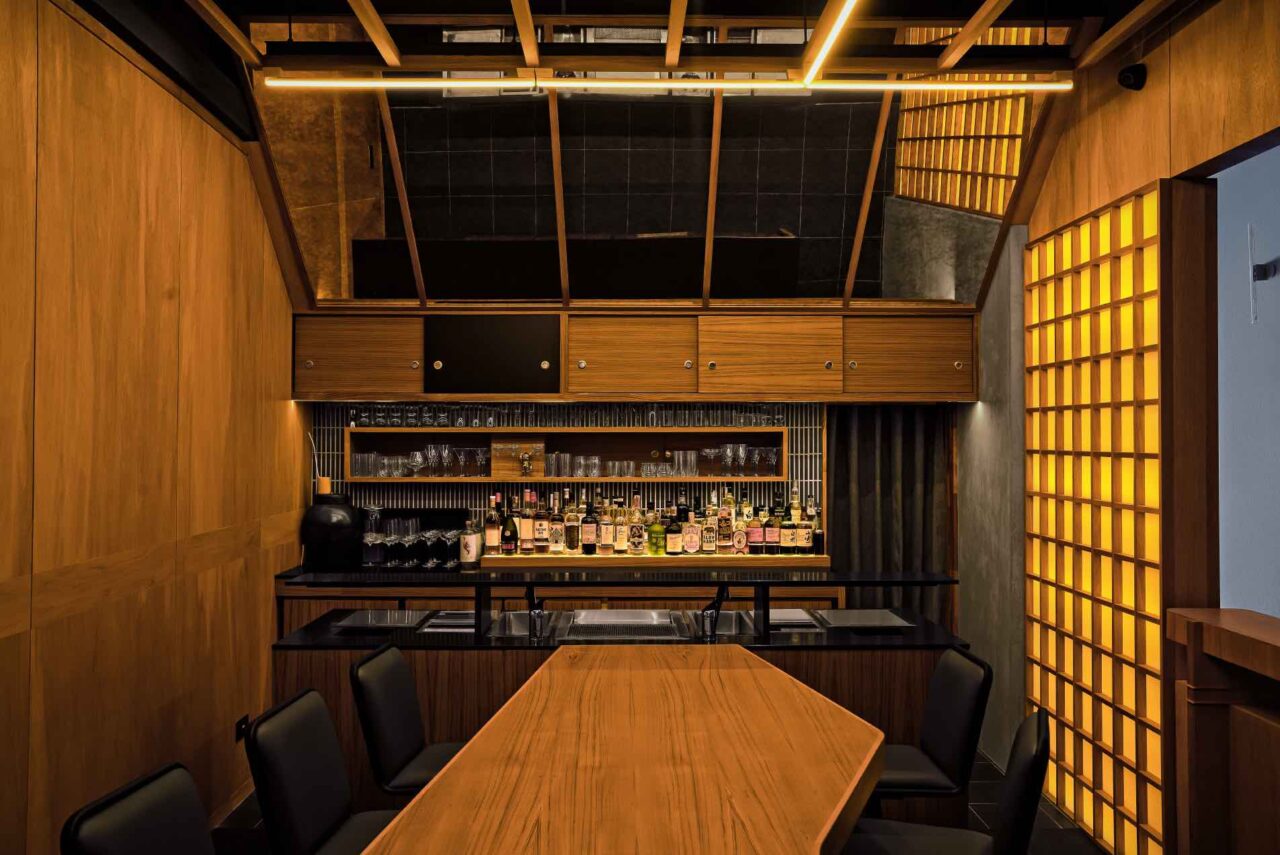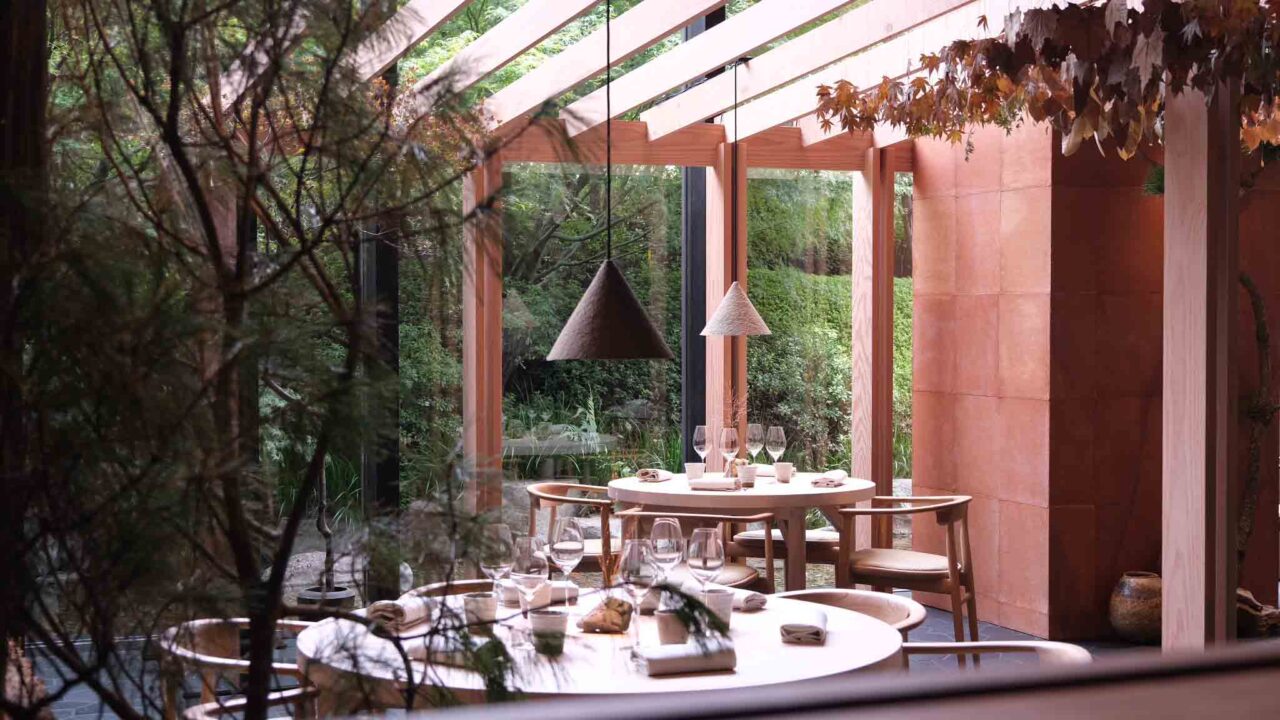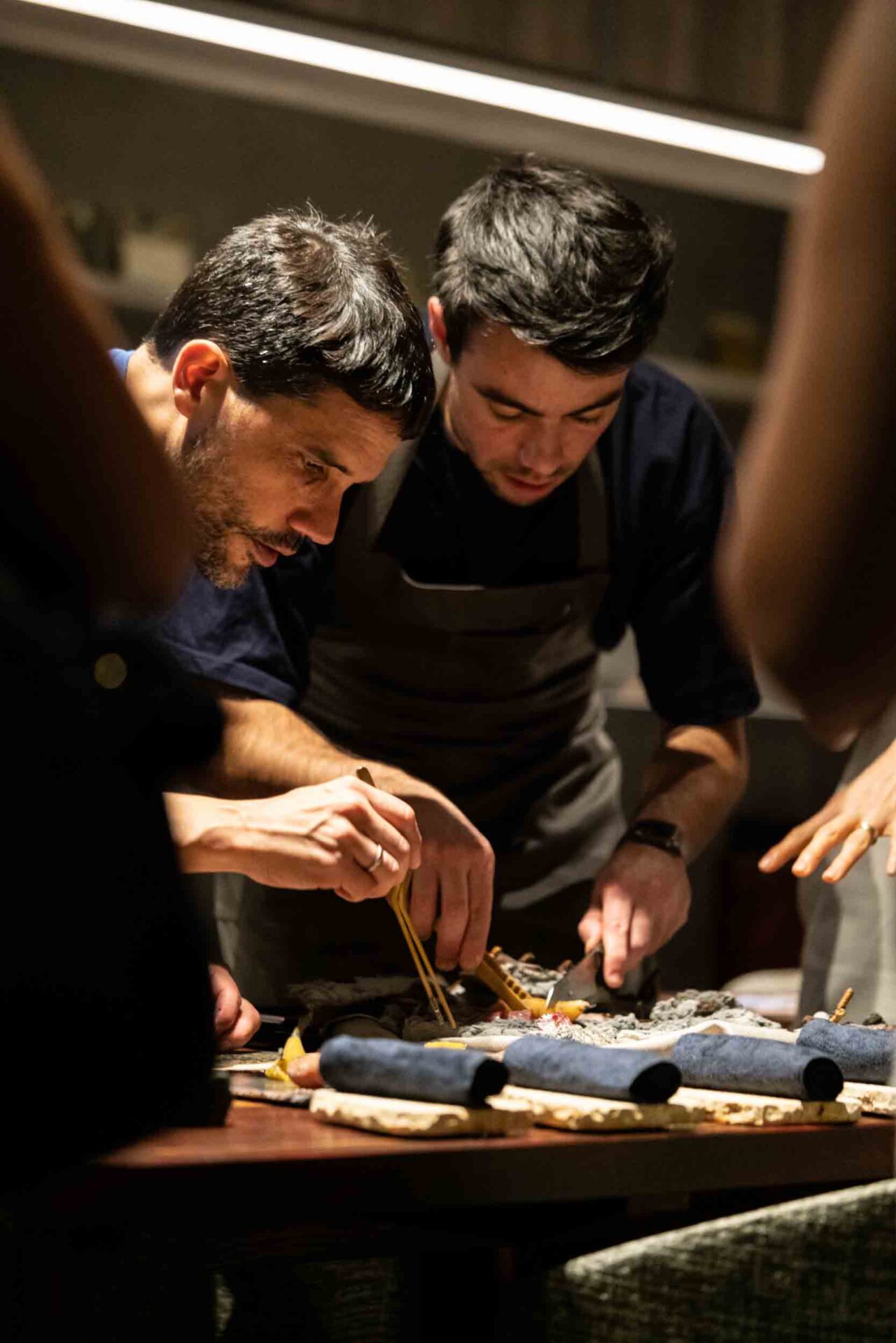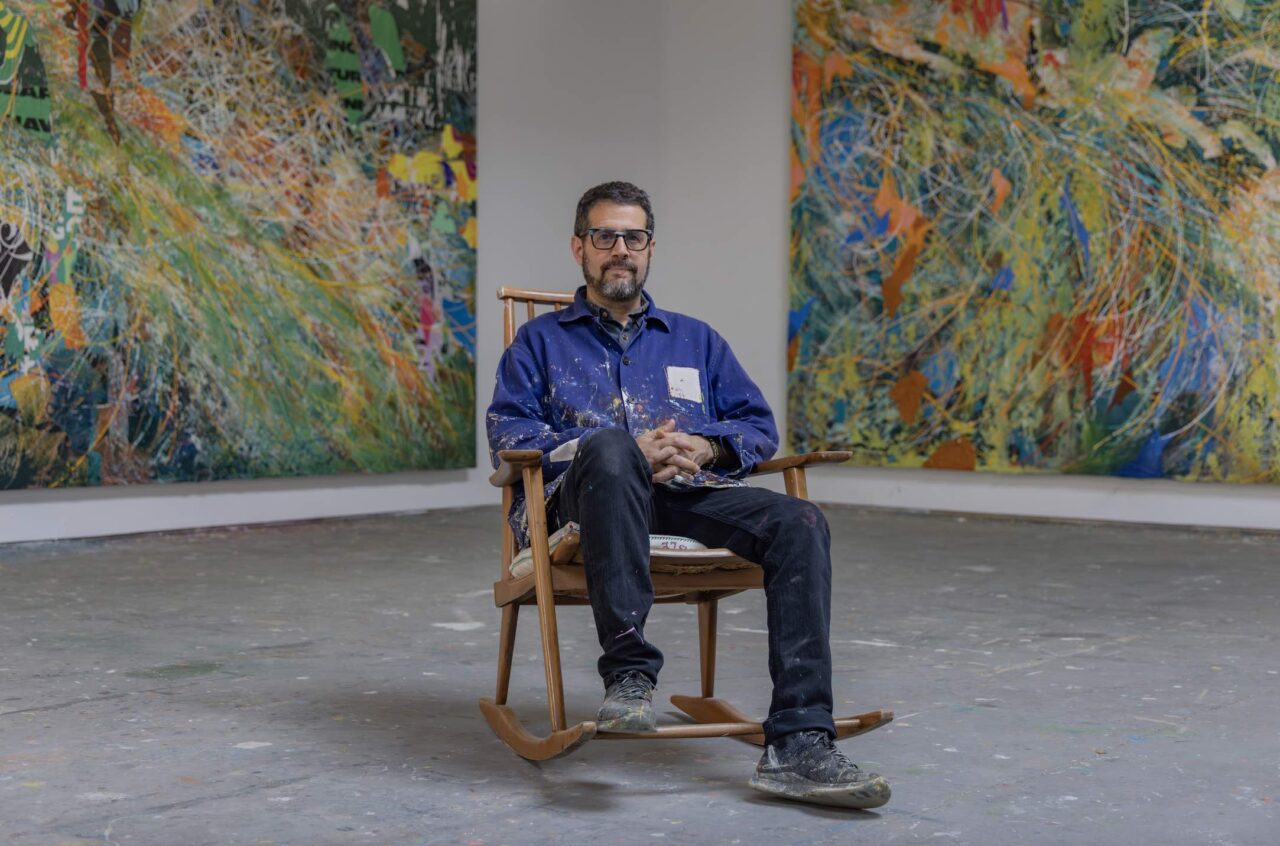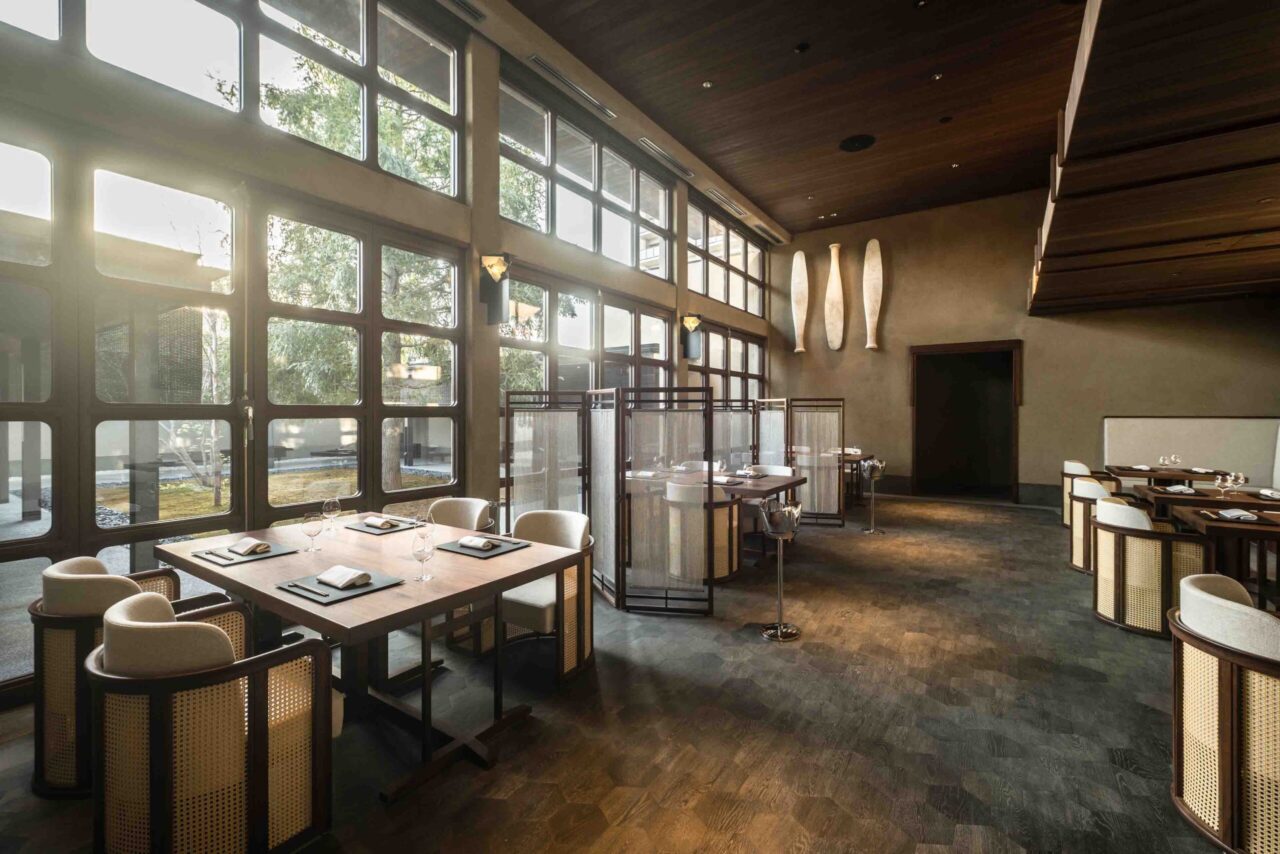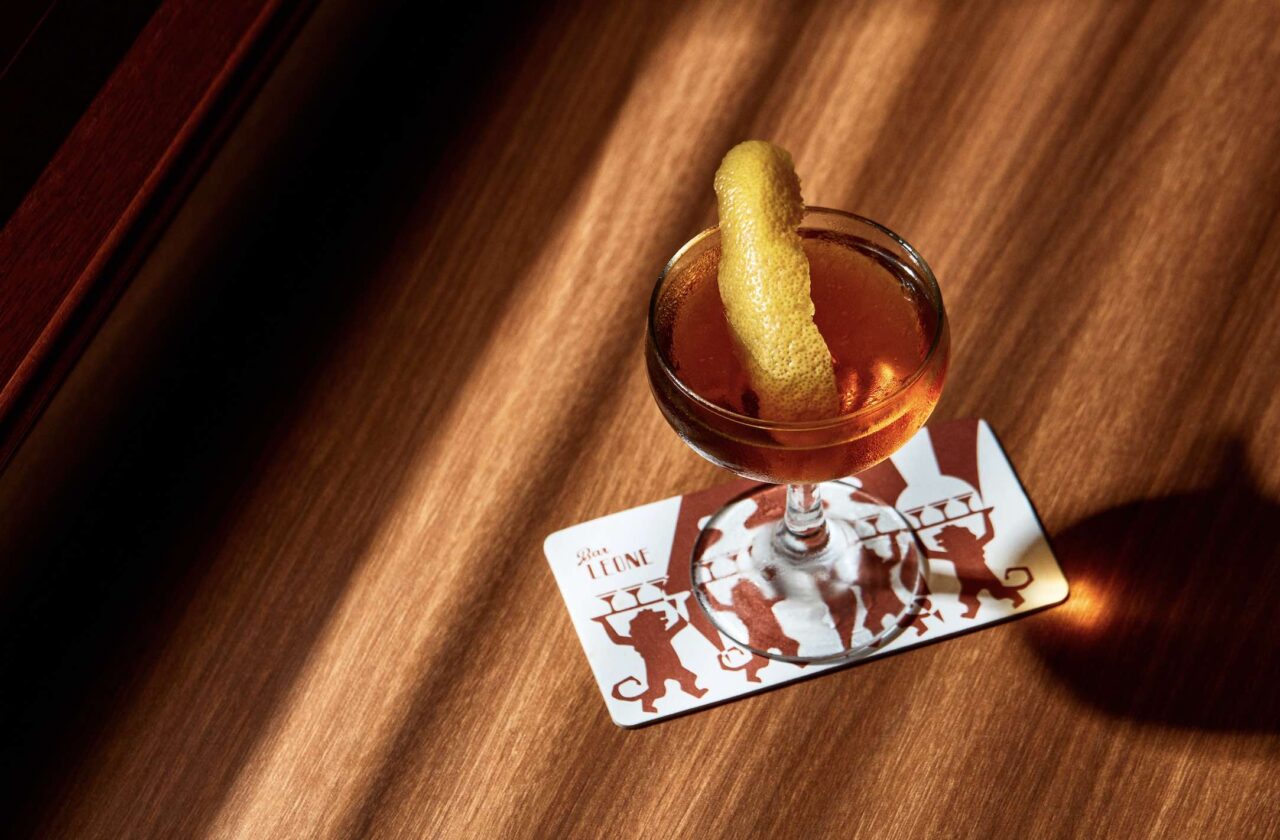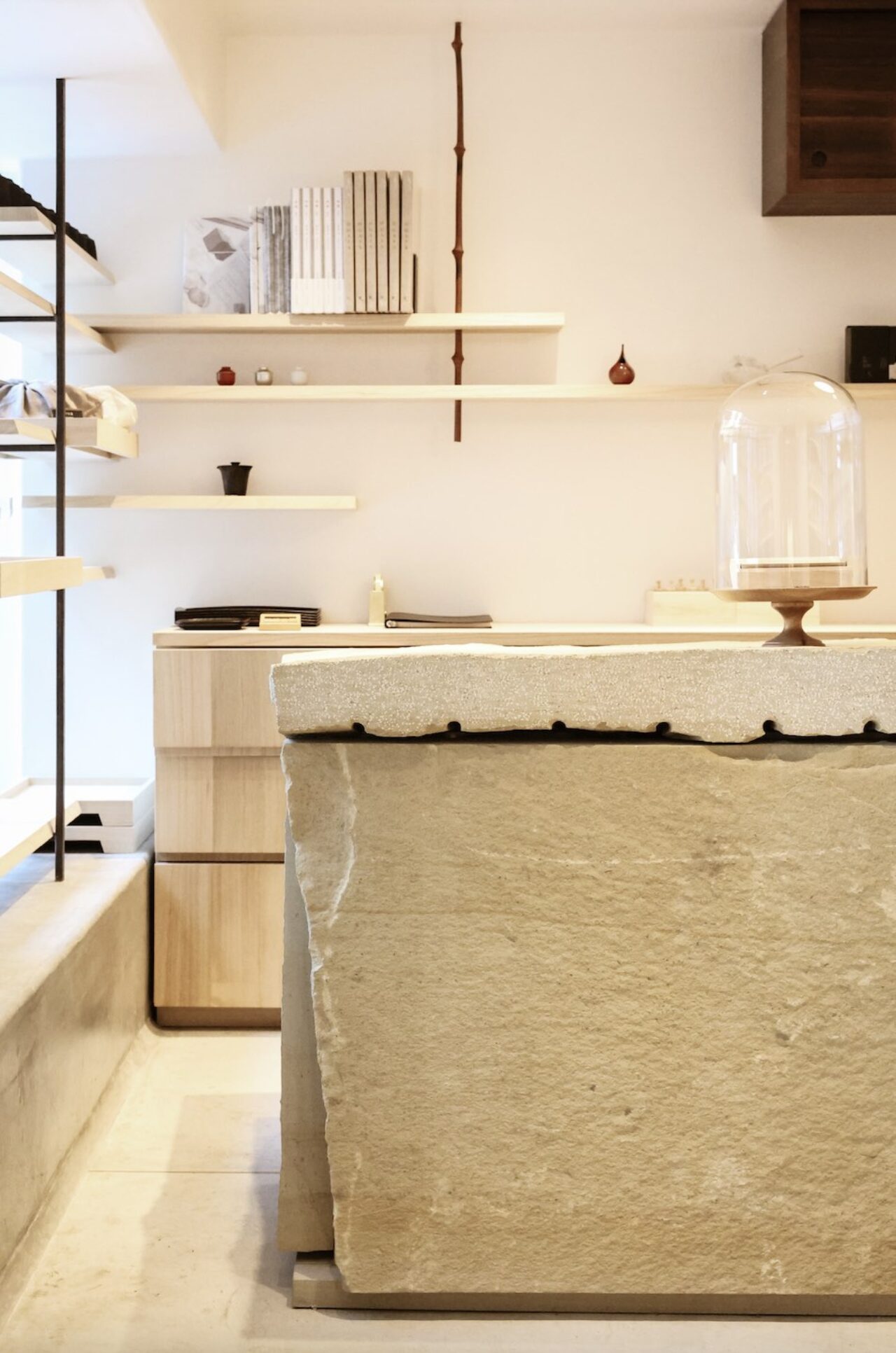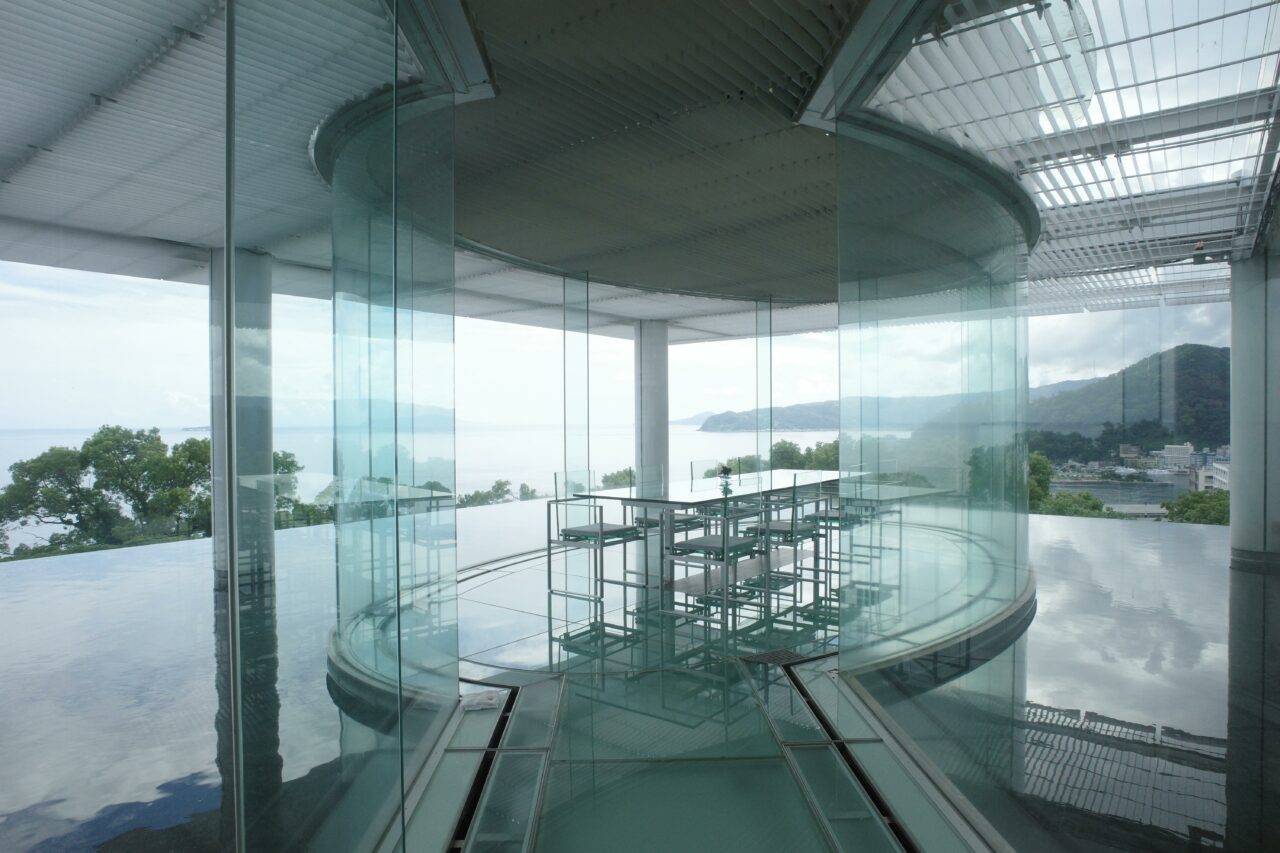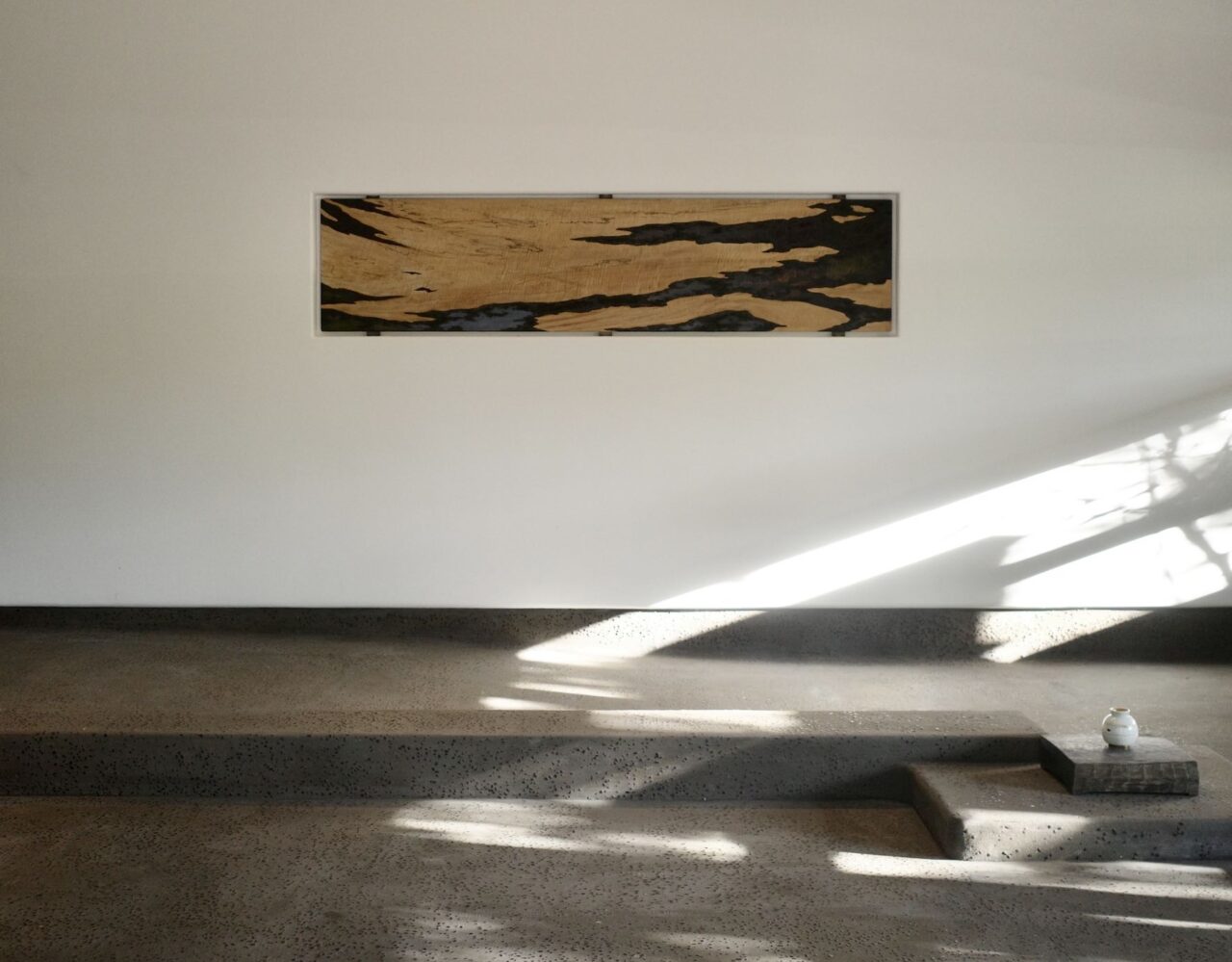Omotenashi Hobart
In Tasmania, Find An Exquisite Japanese Dining Experience By Two of Australia's Best Young Chefs
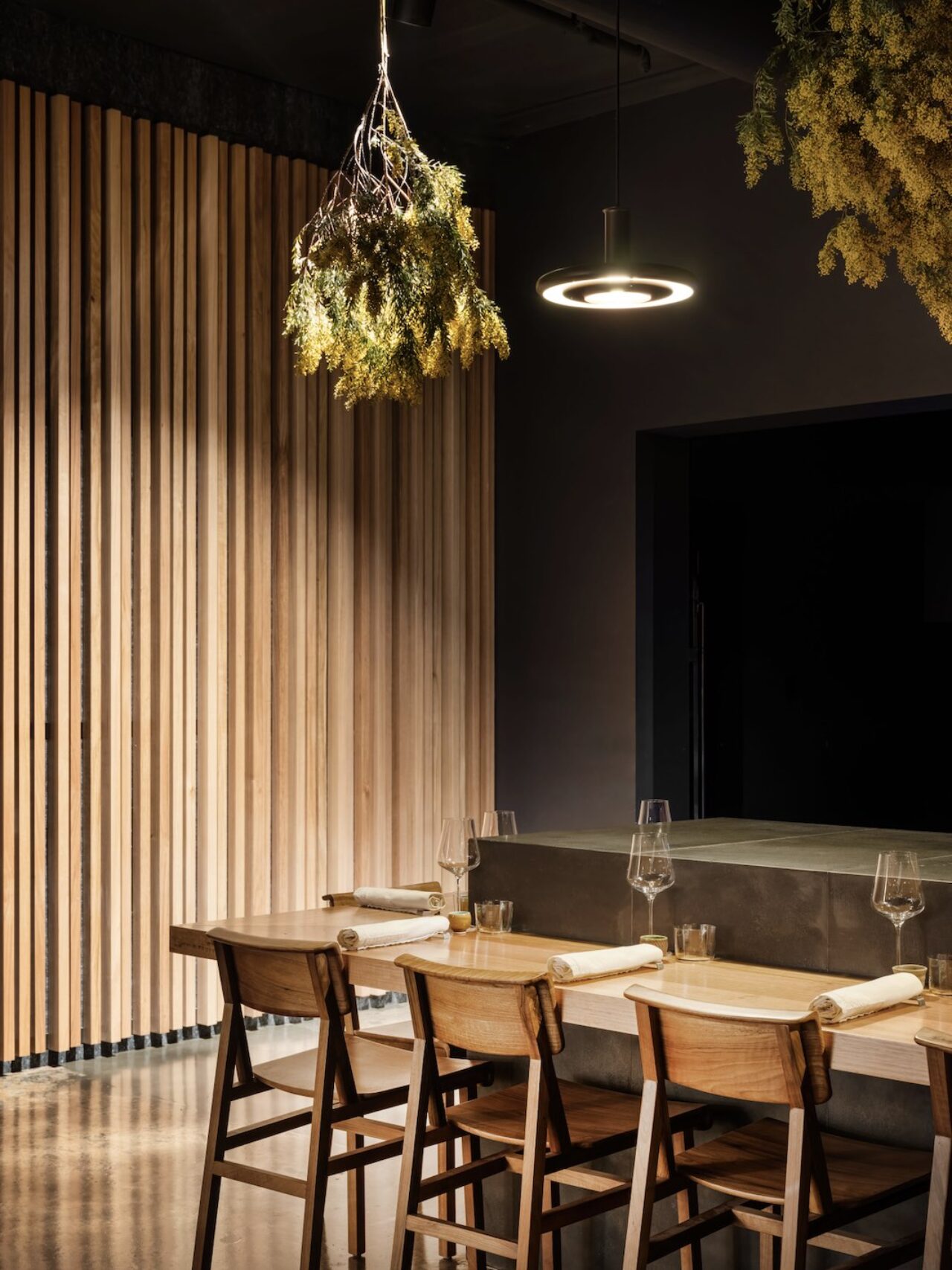
An intimate ten seat restaurant in the heart of Hobart run by two of Australia’s most exciting young chefs. Introducing Omotenashi Hobart, founded by head chefs Sophie Pope and Lachlan Colwill.
Offering one of the most unique dining experiences in Tasmania, Omotenashi Hobart is the vision and passion of Pope and Colwill combined. Inspired by Japan (traditions, cuisine and Japanese hospitality), the couple have created a restaurant that combines the Japanese tradition of Kaiseki dining with Tasmania’s exceptional local produce. Kaiseki is a multi-course dinner, with intricate skills and techniques for each dish, paired perfectly with the tableware to suit each course. It is considered the world finest meal, due to the dedication and immense preparation that goes into the meticulously-crafted dishes that reflect the changing seasons outside in both presentation and ingredients.
Each course is presented on antique ceramics sourced from Japan or crafted locally, with carefully paired sakes and tea. Their curation of tableware is next to none. Pope and Colwill have a refined taste and appreciation for Japanese craft, elevating the authentic experience at Omotenashi Hobart.

In Japan, ‘omotenashi’ is the term to describe the concept of “wholehearted hospitality” and the type of service one might not find anywhere else in the world. In Japan, their hospitality is unmatched. For Colwill and Pope, this is their driving ethos.
The restaurant’s location inside a Lexus showroom is as unconventional as is its approach to fine dining. “We were looking for a space where we could showcase the best of Tasmanian produce while staying true to the principles of Kaiseki dining. This has allowed the us to focus on the craft without the pressures of a traditional restaurant model” explain Colwill and Pope.
Bridging innovation and tradition in various ways, Pope and Colwill have created one of the most unique dining experiences in Australia. Champ Editorial Director Monique Kawecki speaks to the duo about Kaiseki cuisine, their impeccable curation of tableware and their favourite restaurants in Japan.
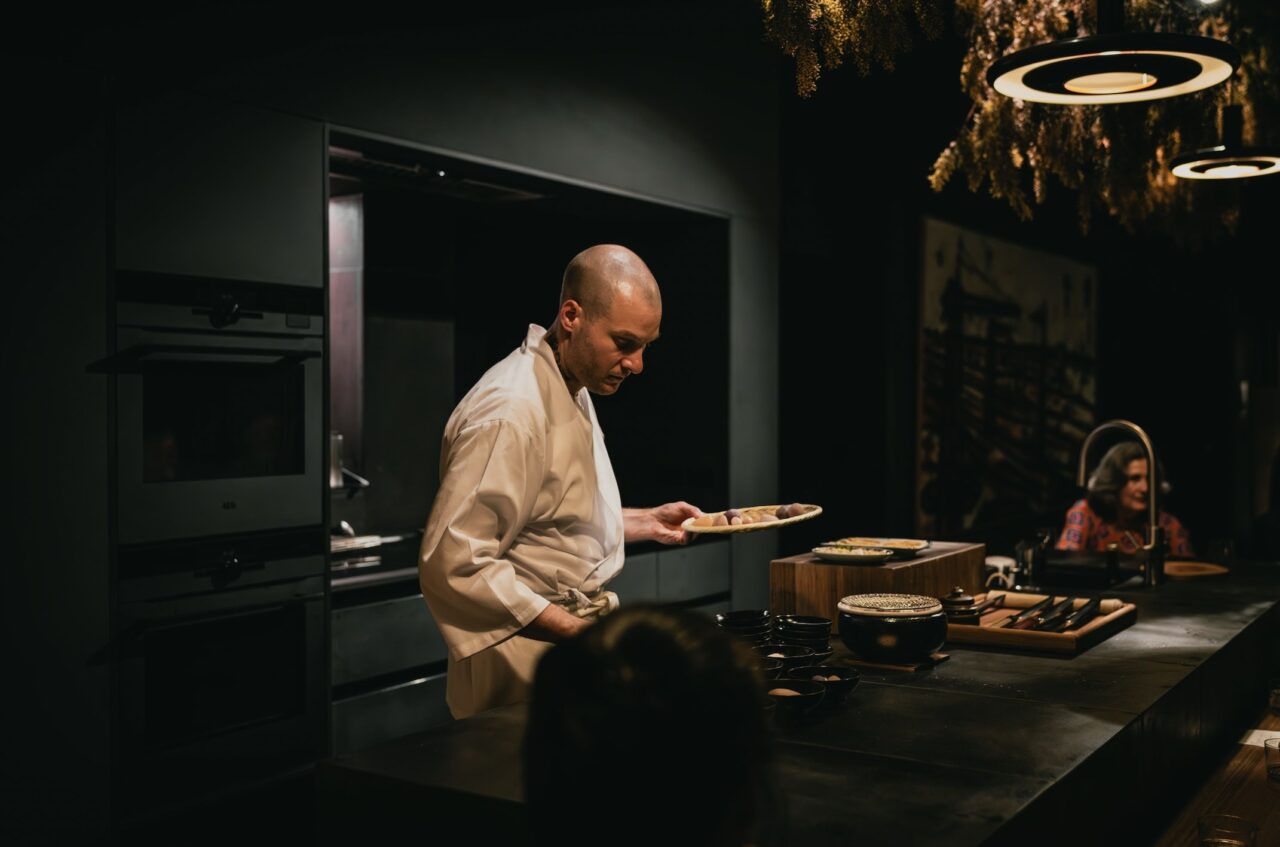
Can you tell us more about your work individually as chefs? How did your hometown or upbringing inspire your direction and were there any pivotal restaurants you worked at in your career that influenced your work now?
LACHLAN COLWILL I grew up in a small country town called Freeling which is roughly 1 hour north of Adelaide, on the outskirts of the Barossa Valley. It was a town that for my time there was populated by young families with anywhere from one to six kids, so every single day the town was a buzz with large groups of kids riding around, somewhat ruling the streets. The only true challenge each day was independently feeding ourselves as one giant squad because putting this burden on any one parent or household would greatly deplete said family’s weekly recess or pantry supplies. Therefore, when there was a big group of kids, someone had to take responsibility to feed us. I naturally shone in that role because my Mum was is somebody that catered for the crowds or for the occasion, so from a very early age, just by default, organising, gathering and catering food for groups of people is something I’d be in contact with. This activity snowballed into cooking more and more at home and eventually turned into a chef apprenticeship at a local bistro. 23 years later and I’m still cooking. Thank you hungry kids of Freeling.
SOPHIE POPE I grew up in the foothills of east Adelaide. When I find myself reflecting on my childhood or the influences that shaped my career the overwhelming thing that come to mind is fruit. There was always a fruit plate and if the apple had a sticker on it, there was something wrong. My Pa had gone to the same apple orchard in Hahndorf for over 50 years. My happiest memories as a child would be baking with my Mum or my grandmother and eating fruit with my Pa. This early life cooking gave me the confidence to leave school early and become a pastry chef, and although I’m not cooking daily with my Mum and grandmother, my work – or better worded as craft – still feels exactly like it did back then.
The most pivotal restaurant I worked at was Hentley Farm Restaurant in the Barossa Valley, this was a restaurant that Lachlan had opened and ran from 2011 to 2020. I finished my apprenticeship here and although it was cut throat it was the first place that I worked where I saw the higher level of restaurants and what it takes to operate in that world. I was addicted to everything it offered and I loved the feeling of an high performance team environment. Ever since then, I only wanted to work in places and with people that devote themselves to their craft over all else and worked hard to reflect their surroundings into an experience.
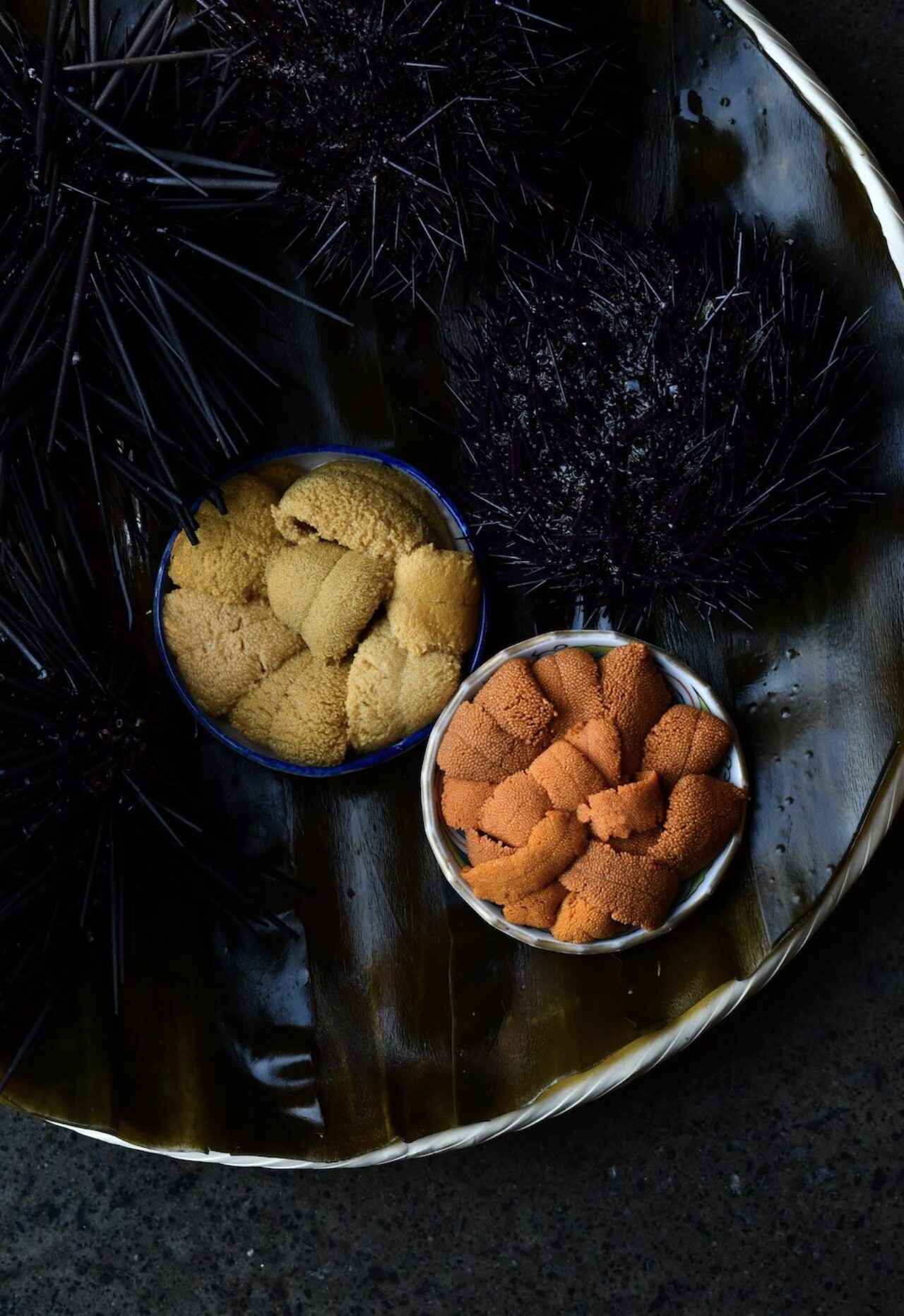
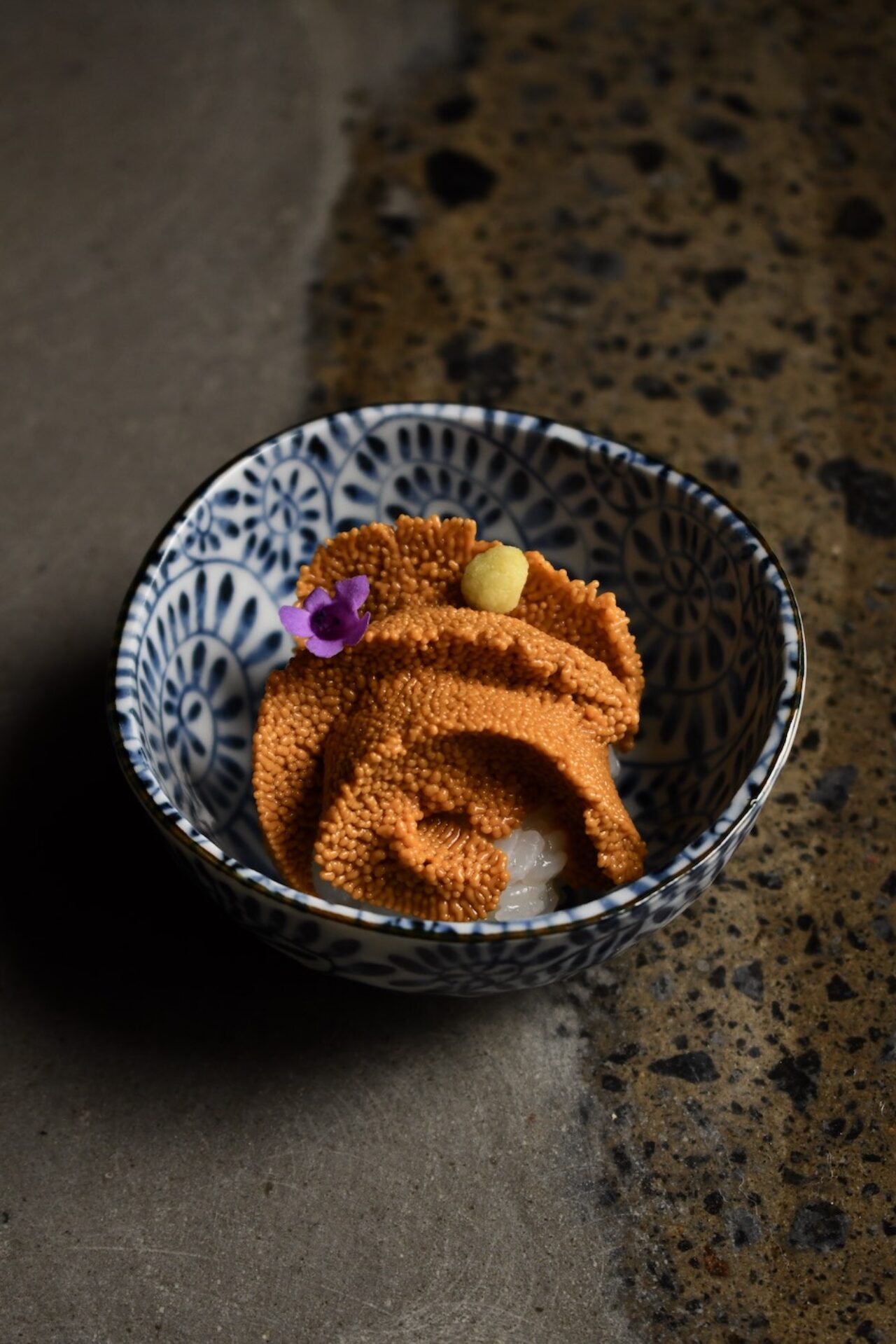
How did you find your way to working together, partners in life and work?
COLWILL Sophie came to work at Hentley Farm in 2016 but was hired at a time where we greatly expanded the team therefore I didn’t have much to do with her in the beginning. This was a really difficult period for me as I’d taken on way too much responsibility in the business and although the working team was bigger than ever it really only made my days more overloaded with managing people rather than working on the restaurants cuisine. After a few months I noticed something that struck me very deeply: the music in the kitchen had changed, it was interesting, there was jazz, and psych rock, who did this? What a joy, after years of dominating the speaker because nobody else has any musical taste who was this sound angel! It was Sophie. I was sold.
POPE I started at Hentley Farm but wasn’t hired or even interviewed by Lachlan. I was hired by the sous-chef at the time, so the first period of my working there I didn’t have much to do with Lachlan at all. He was just a stressed out walking workload who occasionally came in to eat items from each section then go sit alone in contemplation. It was really only after six months that I worked closer with him and it was clear that we had a lot of similar interests and interest in each other then. Our joint love for music was very attractive to us both and still is a very strong point in our relationship.
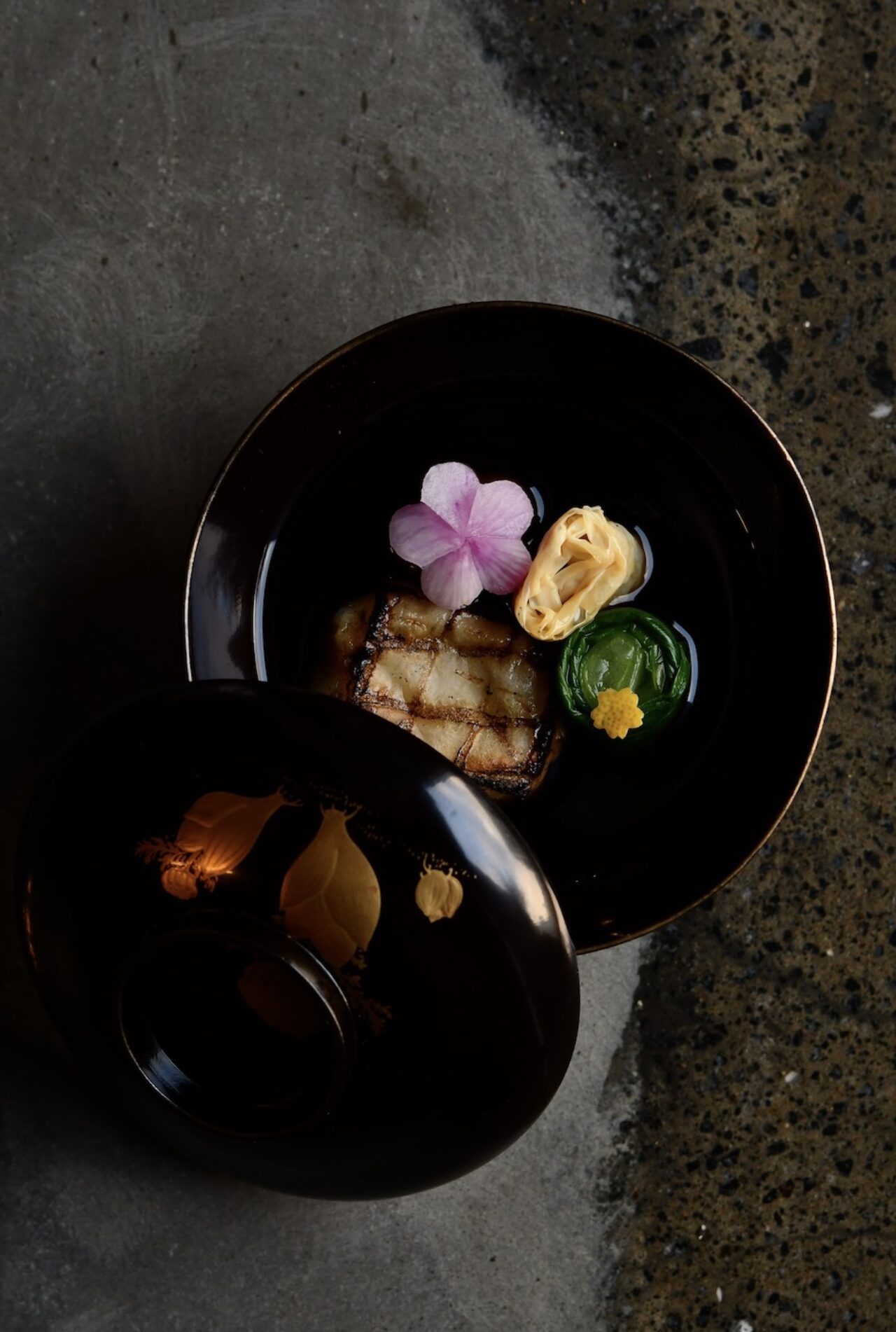
When did your love for Japanese culture and cuisine begin?
COLWILL Without understanding this in my early days, I think I never actually truly connected with Western culture in the way that a lot of other people did when I was growing up. My Mum cooked Chinese cuisine at home and if we did go out to restaurants it was in Adelaide’s Chinatown for places that serve dumplings and noodles. Western cuisine just never felt that exciting for me or seemed like the ‘unthoughtful cuisines’ compared to Chinese and Japanese. This connection to the Adelaide Central <arkets (Chinatown) introduced me to Japanese and Korean supermarkets which immediately inspired me and gave me the first taste of what would become my favourite cuisines because of the highly skilled yet simple approaches to ingredients. By not caring for or integrating into Western ways of eating I also departed from Western thinking and came to understand that spiritually I resonated more with the Eastern school of thought, this shaped my friendship groups, overseas travel and eventually my career.
POPE I started learning Japanese in primary school and there was just something about the philosophy of culture that resinated immediately. Ceremonies for different celebrations, even if they weren’t particularly happy ceremonies somehow seemed deeper than any ideas of celebrations I’d encountered. I loved that things were still celebrated collectively and often with a sense of cultural community spirit. I found the language really difficult at this time, but I loved learning the cultural aspects of all things Japan. The cuisine came a bit later. I enjoyed it as a kid, but it was only on a surface level, simple sushi and occasionally some gyoza. It was only once I became a chef and started learning more deeply about these things that I realised the cleaner style of the food and thoughtful approach to it. Even just the meal structure itself being lighter and more thoughtful, this suited me perfectly.
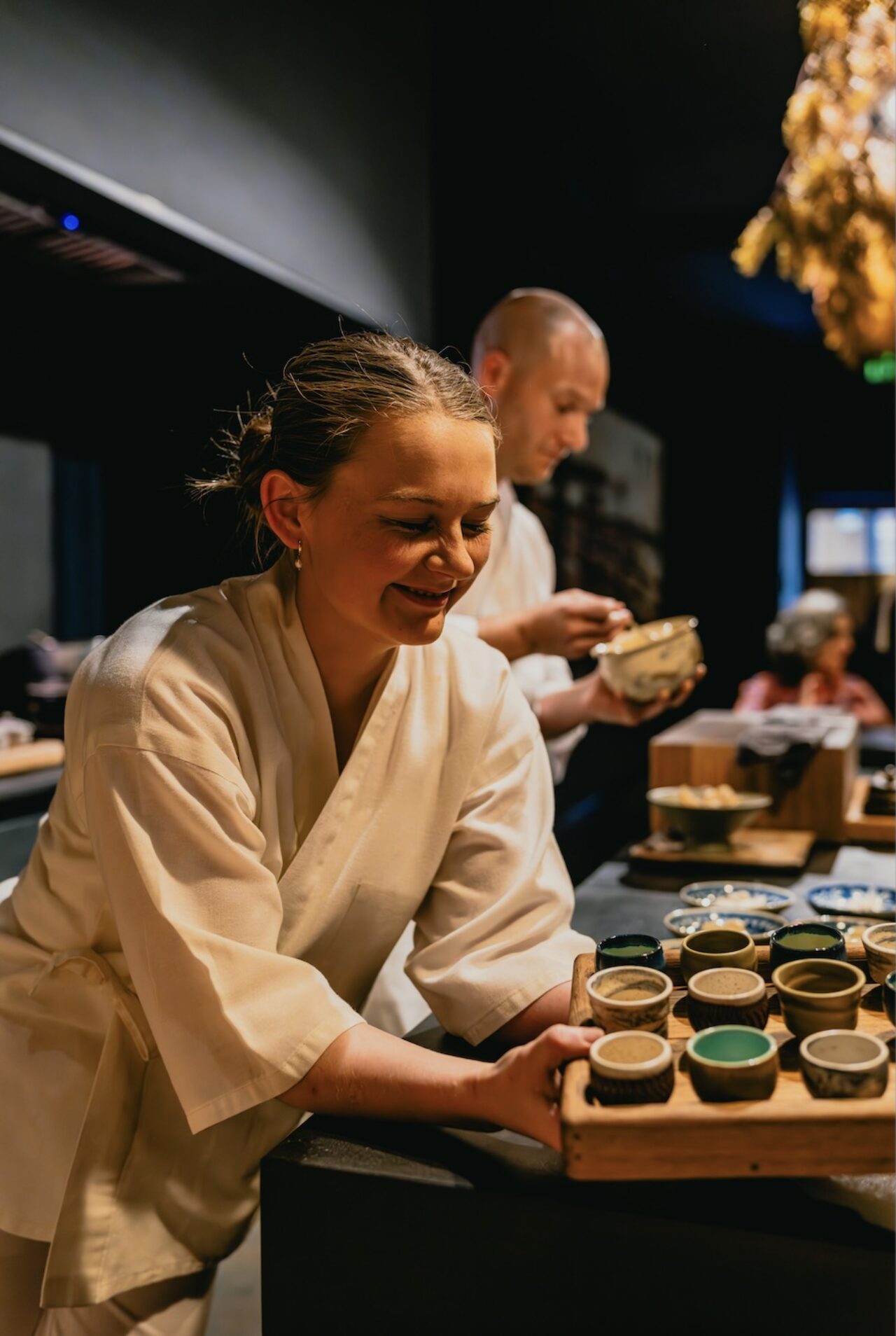
Kaiseki cuisine is extremely specific to course structure and seasonality, how do you approach this traditional Japanese cuisine style in Hobart, Australia?
COLWILL Kaiseki actually freed us from being trapped in a cycle of our old repertoire. We opened Omotenashi and purely because we were in that early restaurant stage of building systems we had to make the decision to cook from our old repertoire during this ‘systems creation’ period. This served its purpose for the time but we hated it. It felt like we had everything we needed to forge something new but instead had decided to stick to the comfortable. Plus we really didn’t like the way guests looked at us or made comments like ‘ah you guys are similar too … insert any modern Australian restaurant name…’. People would visit and treat the restaurant like a casual Australian restaurant with loud conversations, phones in hands or worse on the counter somewhat having their place at the table and drawing people attention away from the experience we aimed to deliver. This was very deflating and we couldn’t enjoy the work, so we built up the confidence to say no more, we banned phones at the table, created table rules like ‘be thoughtful about your conversations’, and began creating an atmosphere in the space that neutralised all the high energy moments that either we or guests brought to the space. This had such a dramatic impact on us, the guests and space which now looking back seems like the best decision we’ve ever made. Following Kaiseki and announcing that to the public greatly helped reset peoples expectations and suddenly our audience also greatly changed for the better.
POPE Lachlan didn’t really answer the question there but his comments are a very important part of our story so far. In terms of course structure and cuisine style executed in Hobart we actually feel its relatively easy to achieve. Our understanding of Kaiseki is that in its essence its about applying a skill set and knowledge to the highest quality ingredients you have access to throughout the changing seasons. For that to even be considered in the first place you need to be in a location that has a bounty of high quality produce year round – which Tasmania definitely does (hence why we moved here from South Australia) – and you need to have experienced Kaiseki first hand, in Japan, and in places that are extremely traditional, to places that verge on so modern they always feel more Western. We’ve done this extensively over the past couple of years and will continue to do so to ensure we have a current grasp of whats happening in Japan rather than what’s happening with cuisines in Australia.
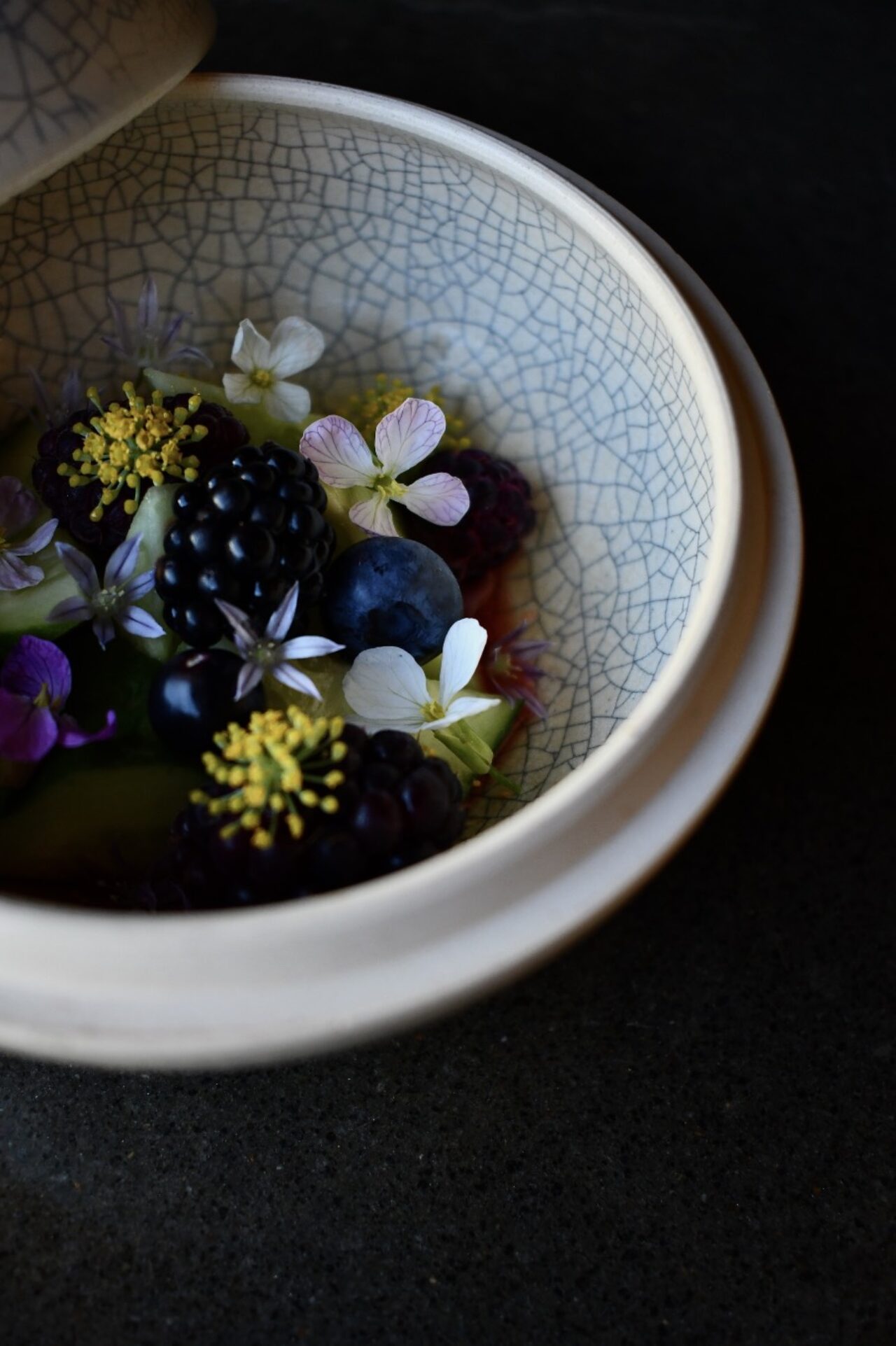
What is your favourite thing about Kaiseki?
The ceiling feels very high for us and this is a great motivation.
Your restaurant’s name references inimitable highest form of Japanese hospitality – omotenashi. It’s what makes Japanese service so special, because it comes from the heart. Why did you name your restaurant after this?
COLWILL The name Omotenashi Hobart came about from a simple conversation between us, chef Luke Burgess (helped design the space) and David Jeary (owner of Lexus Tasmania). We really hadn’t given a name much thought and David suggested since we wanted lean into Japanese cuisine then why not use a word from the Lexus world, he suggested Omotenashi as its used extensively to maintain standards and set expectations for the Lexus brand globally. We liked the way it sounded just as a word, although Luke cautioned that its meaning could lead to us being in a world of tradition that maybe we wouldn’t want, we felt the exact opposite, being tied to a word that meant we had to do everything in our power to be at the service of our guests felt like a great Northstar.
POPE What’s kinda funny is we’ve actively practiced omotenashi our whole careers, we’ve always put the restaurants we find ourselves in above our own needs or wants, we go way outside the norm to make sure the guest experience is held to a extremely high standard and have always treated each guest as an individual that presents all sorts of opportunities for meaningful connections. We used to call this 1%ers now we just say ‘where are the moment for extra omotenashi’.
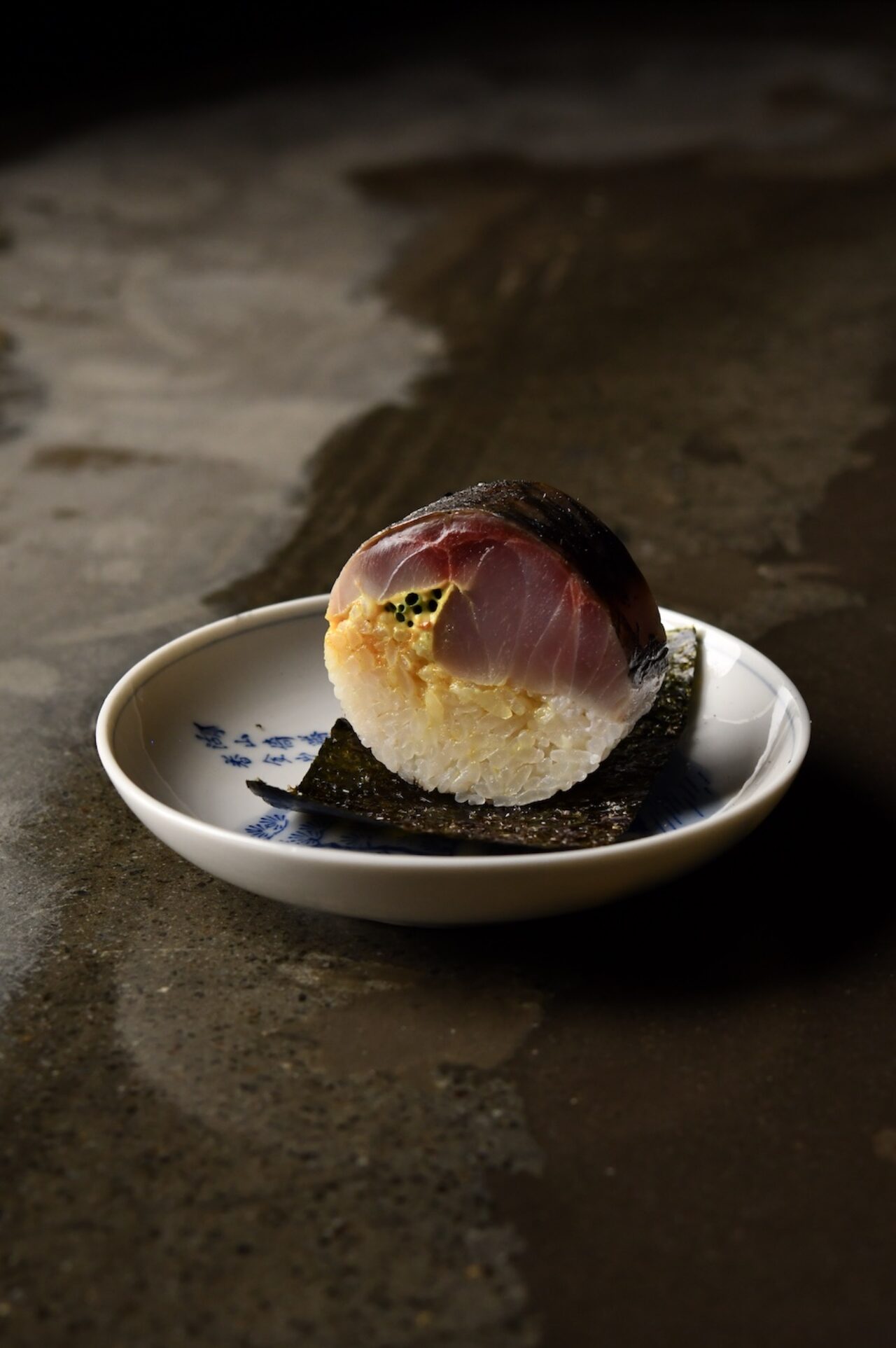
What are your top restaurants in Japan to visit?
Kiyama (Kyoto), Sen (Kyoto) Ogata Higashiyama (Kyoto) although we are very excited to visit the original Ogata this coming March, Kutan (Tokyo), Sushi Hayashi (Kyoto) who will be the first Japanese chef to visit us this coming February, we are very nervous!
What are the top places in Japan that have the utmost omotenashi in your experience?
We have so many simple moments of experiencing omotenashi in Japan that it almost seemed like we should just say it’s everywhere and a part of the everyday.
A few moments to mention: it was very hot on our last visit to Ogata Higashiyama and when we left the restaurant the chefs gifted us fans for our walk home. These fans have a duel purpose that we now use them to fan charcoal at Omotenashi, and this reminds us of Ogata everyday. Another time I (Lachlan) had lined up for a popular sushi place in Tokyo, I’d been in line for hours and its suddenly began raining very heavily, all the local knew this would happen and came prepared with umbrellas, not me, I stood there getting soaked. The family who had been lining up in front of me suddenly left which forfeited their place in the cue, about 10 minutes later they returned with a dry shirt and umbrella for me and a note that said ‘helping a stranger is far better then easting sushi’.
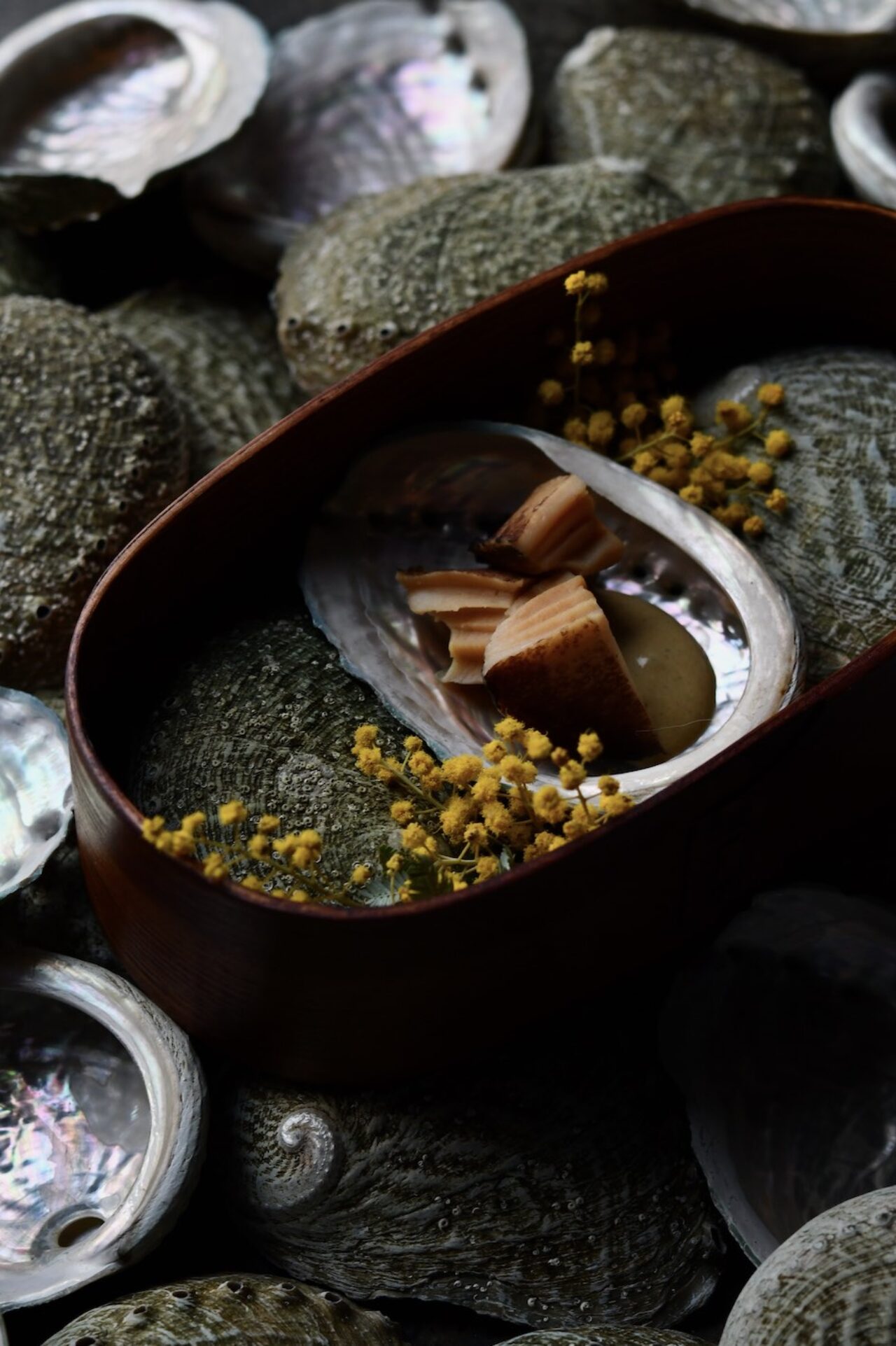
Tell us about the ingredients you use in your kaiseki courses. Do you work with specific farmers, fisherman or grow any specific Japanese herbs?
We spend a solid two years in Tasmania before opening Omotenashi and in this time lived on farms, foraged extensively and networked with the local fisherman all with the idea that eventually we would use these relationships to form a restaurant experience. There are many parallels with Tasmanian and Japanese ingredients. Tasmania has wasabi growers, shiitake mushrooms, exceptional fruits particularly berries and stone fruit (sadly nothing tropical) and weekly farm gate markets that put all of this produce right in the centre of Hobart and accessible for locals and chefs alike. We can confidently say and claim that Tasmania has the worlds best produce, so cooking here almost feels too easy at times.

Kaiseki cuisine is especially specific about the tableware it is served on, and with. You have a very authentic tableware selection of Japanese handcrafted lacquerware and ceramics. Can you tell us more about your curation?
POPE The tableware we have now collected is maybe my favourite part of the entire experience at Omotenashi. To be able to match an ingredient to a plate or bowl thats decorated with that ingredient just feels so special everytime it happens (example: a chawan painted with Autumn maple leaves served along side a twig of Autumn maple or a plate decorated with a man smoking a pipe served with a lightly smoked fish, acting to tie the smoking man to the preparations we employed that day). I also really love our one-of-one pieces that we use for displaying produce. We’ve picked lots of these up from the Kobo-Ichi Market in Kyoto. We take all our own photography for the restaurant and our social media and these pieces are a joy to shoot even without food in them, just so much detailed beauty.
One of the more recent parts of Omotenashi is that we have a number of return guests that we look at as ‘member’ for them. We’ve begun purchasing their very own tea bowls so when they visit the restaurant that can enjoy matcha at the end of the meal but served in a bowl either they selected in Japan or we selected for them. It’s a small and simple gesture but something we and they get enormous joy from.
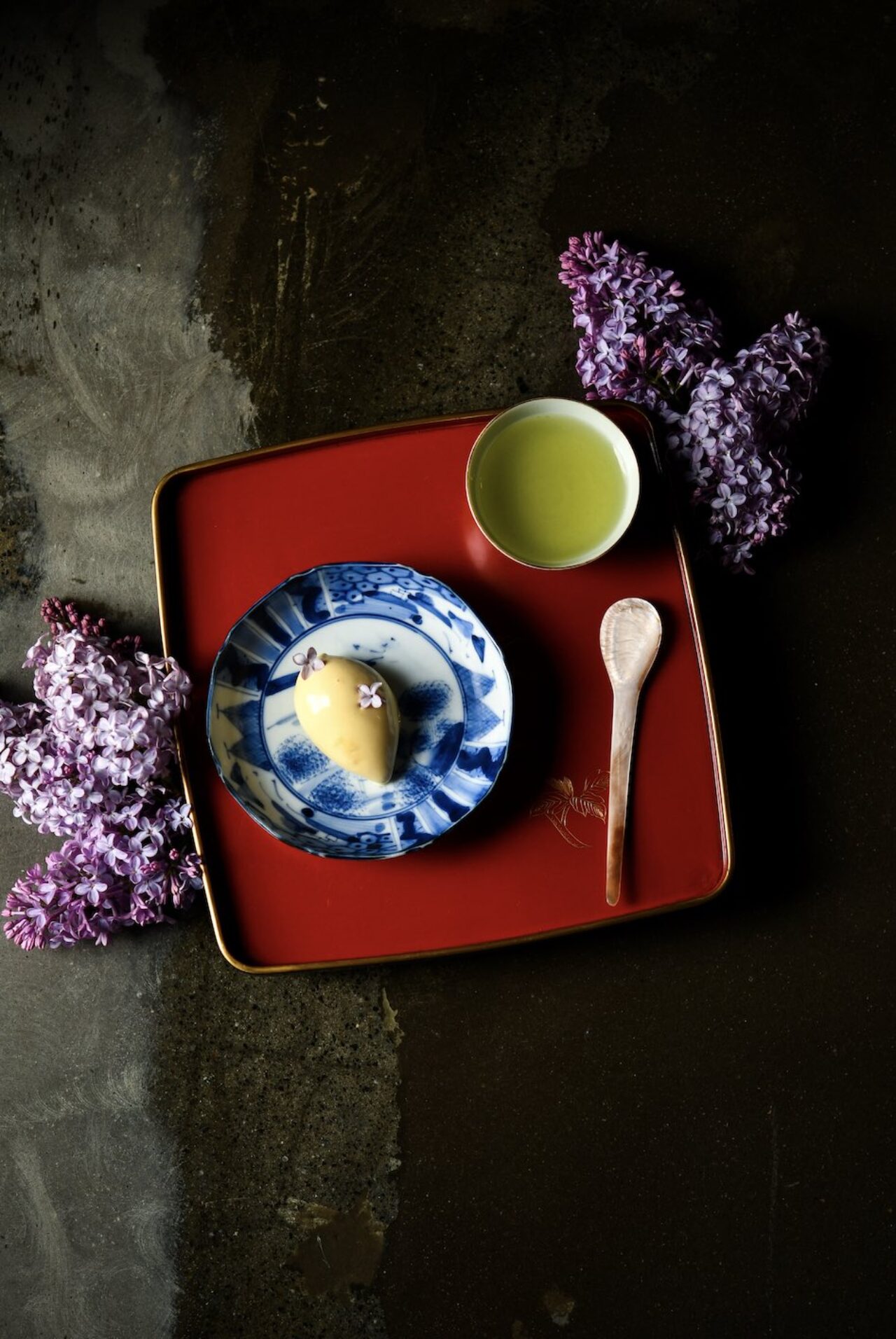
Making your own mochi and sashimi boxes for takeaway in addition to your very special kaiseki seating. What else is unique to Omotenashi that customers can order or experience?
After doing take-home Mochi, Sashimi, Dashi and the dinner services each week we are happy to state that we don’t want to take on anymore items or ideas. This is enough for now, it’s just the two of us that run the entire operation so until that changes we like our small selections of offerings and will try our absolute best to make sure we are continually improving these items. We document all that we do and Lachlan feels pregnant with a book but that can stay on the back burner for now.
What’s next in 2025 for Omotenashi?
We’ve managed to remove a great majority of distractions from our life and work with the idea that we are now in a position to focus in intensely on our craft, re-apprentice ourselves to well ourselves and keep reaching for mastery in our work. We understand it’s going to be a long road before we feel any sense of mastery but we’ve never been in a better position to try.
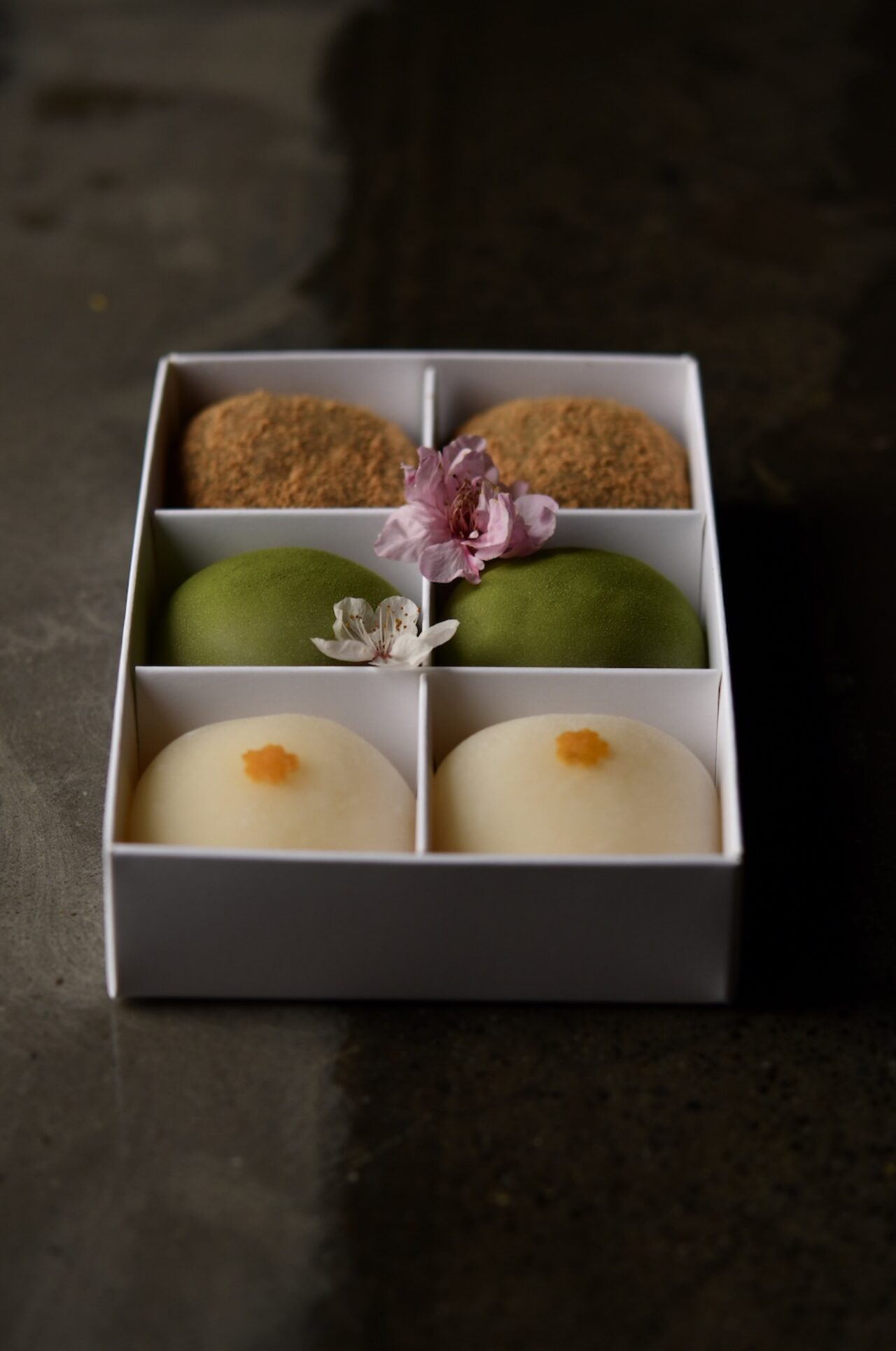
Omotenashi Hobart
4/160 Elizabeth Street,
Hobart, Tasmania
For more design and travel destinations in Australia, click here
Images: As credited
Text: Editorial Director Monique Kawecki



